Karakol – Photography, Vastness and People
2., 6. + 7. July 2023
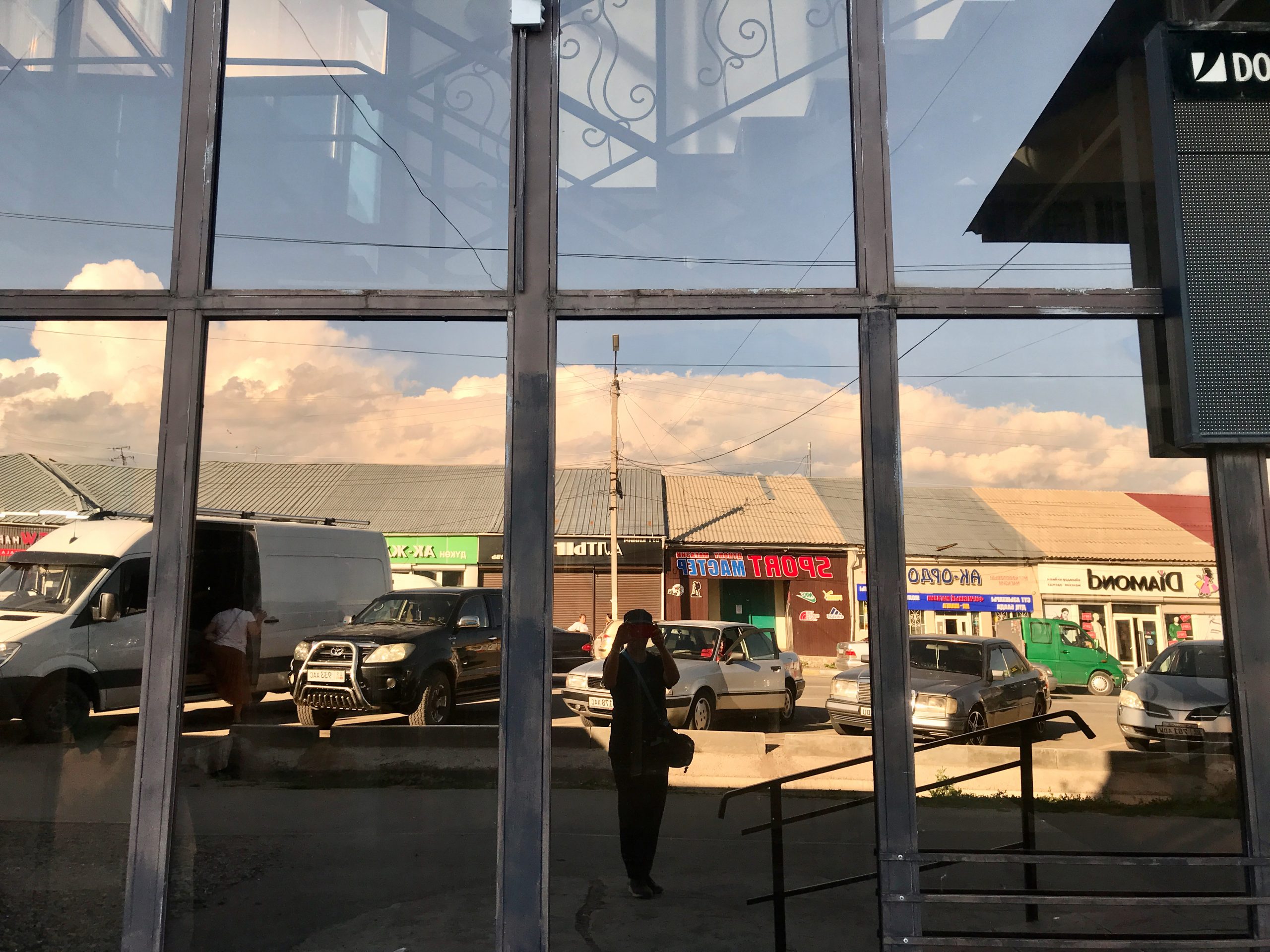
I think that one of the things that makes me a tour operator is that I know so much of the areas I offer myself. And now that I have expanded my offer to include new countries, I still have to discover them well. But since I also work at the same time, it’s always a mixture of exploring and documenting while travelling. In general, I find the constant discovery exhausting if it takes too long. It’s too much to keep experiencing new things when you’re on the road for months on end. And so I use various days where I don’t do much new. Although I do experience things, learn things, communicate, discover things. I don’t like to sit in my room 24 hours a day, and so every time I go out, there are surprises or just an addition of details.
I had been in Karakol for a while on my previous visit. It is a more pleasant city than Bishkek, higher up and thus cooler in summer, there are far fewer cars and thus better air, and the mountains and the lake are very close. Unfortunately Karakol is not really beautiful either. But it is an ideal starting point for discoveries. However, I only wanted to discover one thing, Altyn Arashan – and then head to the west of Kyrgyzstan, which is still completely unknown to me. In August, I will come here again as part of an organised discovery trip.
And now I stayed a little longer than I thought, because I had a lot of work waiting for me after the trek.
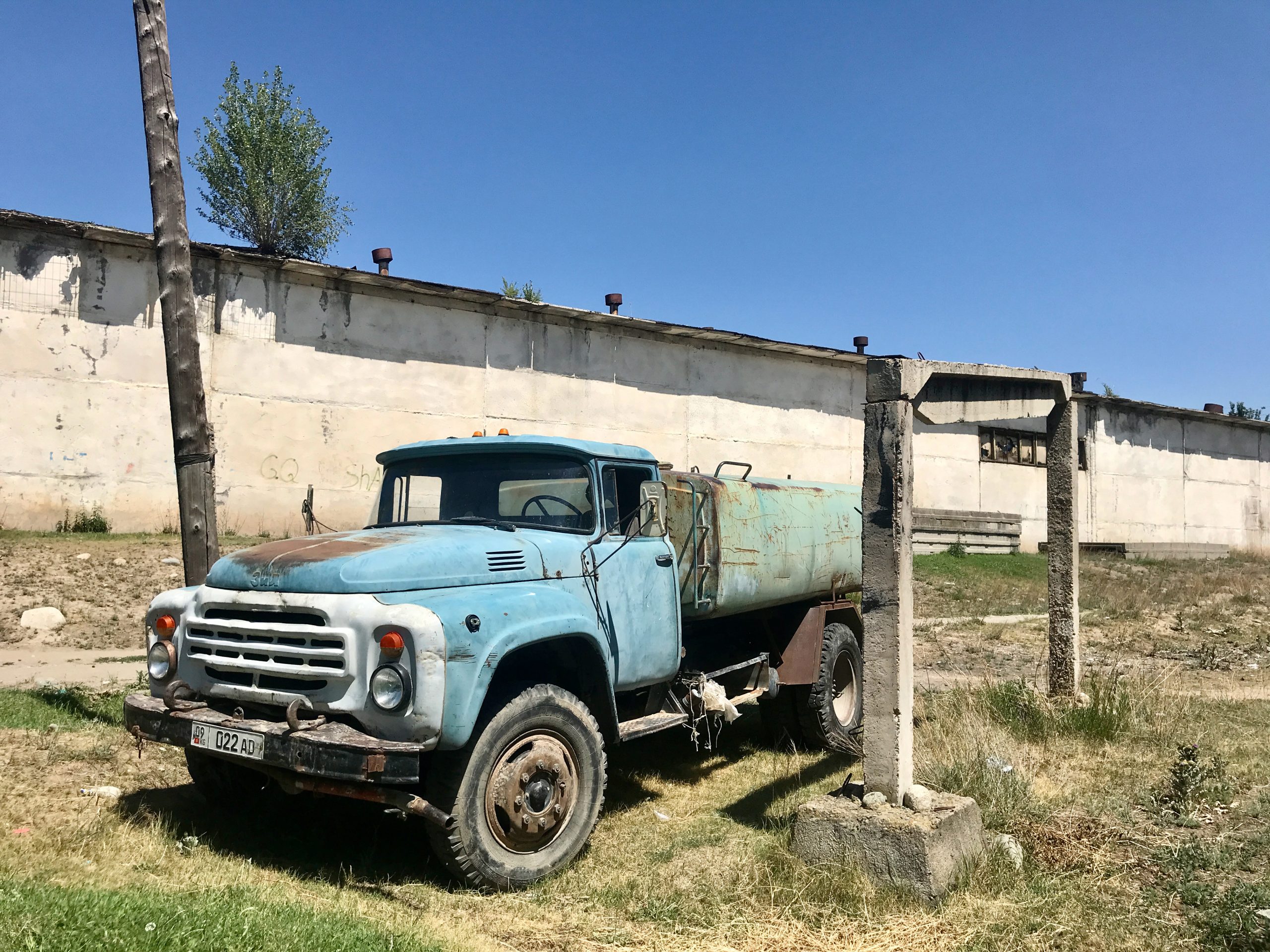 1
1
Since about 2003, photography had taken hold of me. It became a great passion that resulted in millions of pictures. I tried different techniques (analogue, digital, toy cameras) and mostly aimed to produce series that represented for me a kind of visual essence of a place or a theme that preoccupied me. Especially when I was travelling, I always tried to go one step further in my curiosity with the help of the camera, to legitimise myself, to be closer to what was happening.
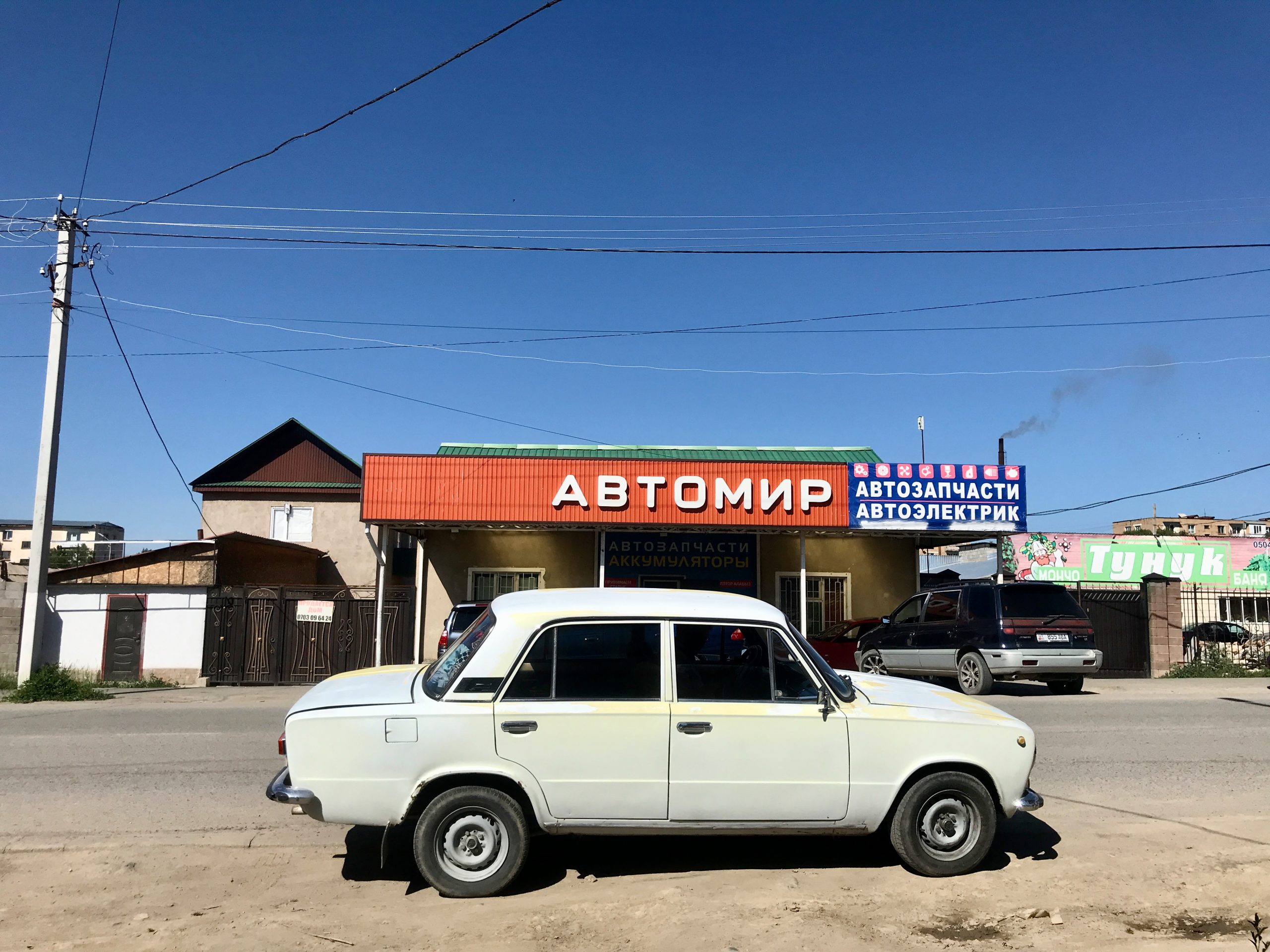 2
2
Often my pictures were not enough for me and I added words – just like here in the blog. However, for some time I noticed that I was not so enthusiastic about it anymore. I was dissatisfied with many of the results, not seeing what I imagined seeing (and captureing). Sounds stupid, but I also have camera problems – my old one had become too heavy for me and with the new system cameras I haven’t yet found what really suits me. I also don’t really like taking photos of people any more. In India, people are generally very open-minded and happy to take pictures of them – but not in other countries. And that’s not good.
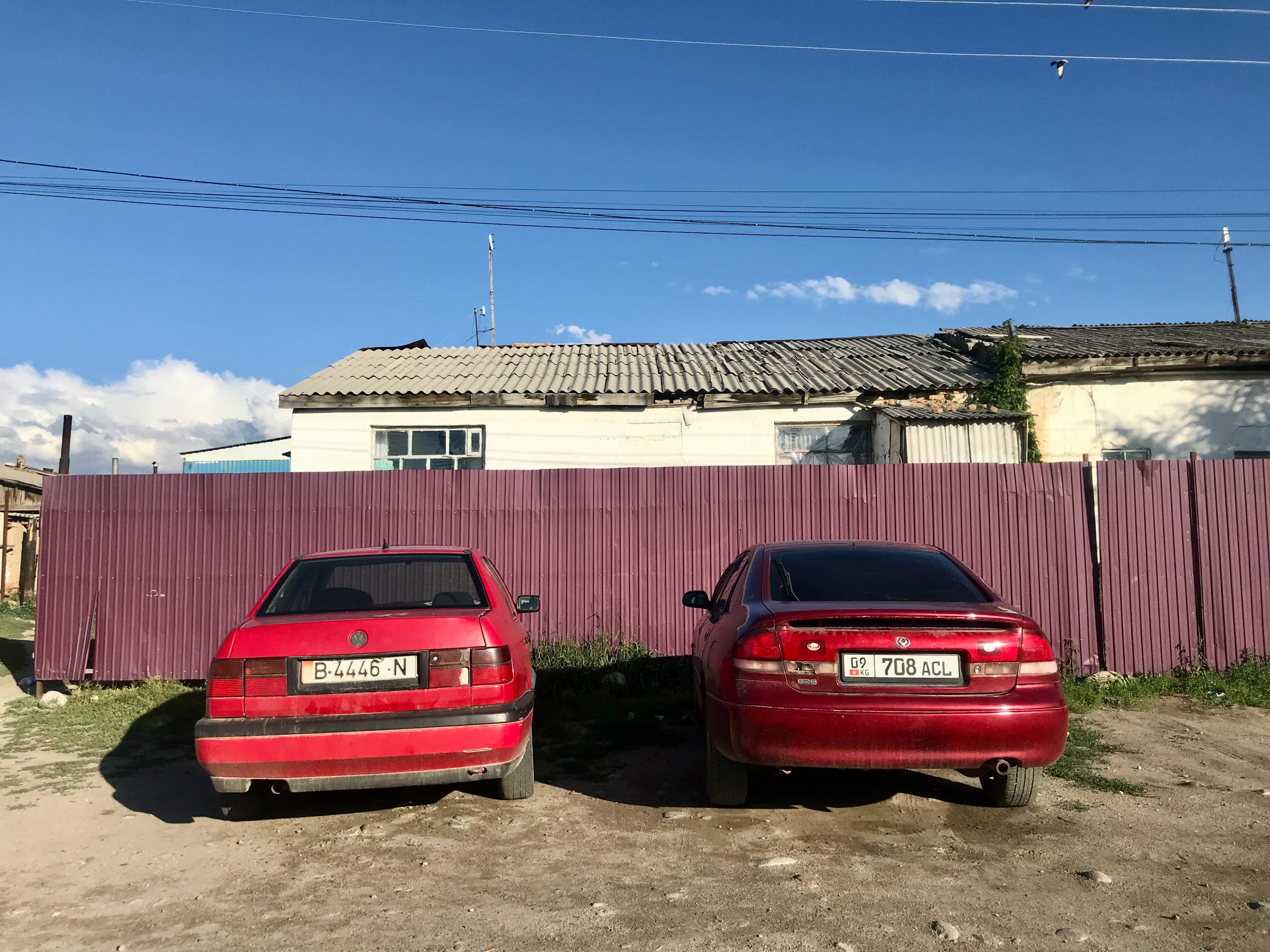 3
3
But for my travel agency website and the material I send to clients, I also need pictures – a welcome side benefit that I always had my own pictures for the illustration. In Tbilisi, when I saw the great old houses, I had a conflict. I found simply taking pictures too banal, 3-4 pretty pictures would have been enough for a Tbilisi or Georgia series. I didn’t even take the camera with me on my rambles any more, but used the mobile phone to take notes, so to speak. And here in Kyrgyzstan, I realised how I like it: no longer chasing after great subjects and series, but just taking notes! And of course the website and blog pictures. Interestingly, I felt relieved. After 20 years of dominating photography passion, I let go of it. And funnily enough, in Karakol I produced some kind of series after all, and for Kyrgyzstan as a whole I came up with something. But I have the feeling that there is now room for something new. Pictures will certainly still be there, but the content has changed and I’m fine with that. But I will certainly continue to produce some projects (probably also with pictures) – now there is new space for that.
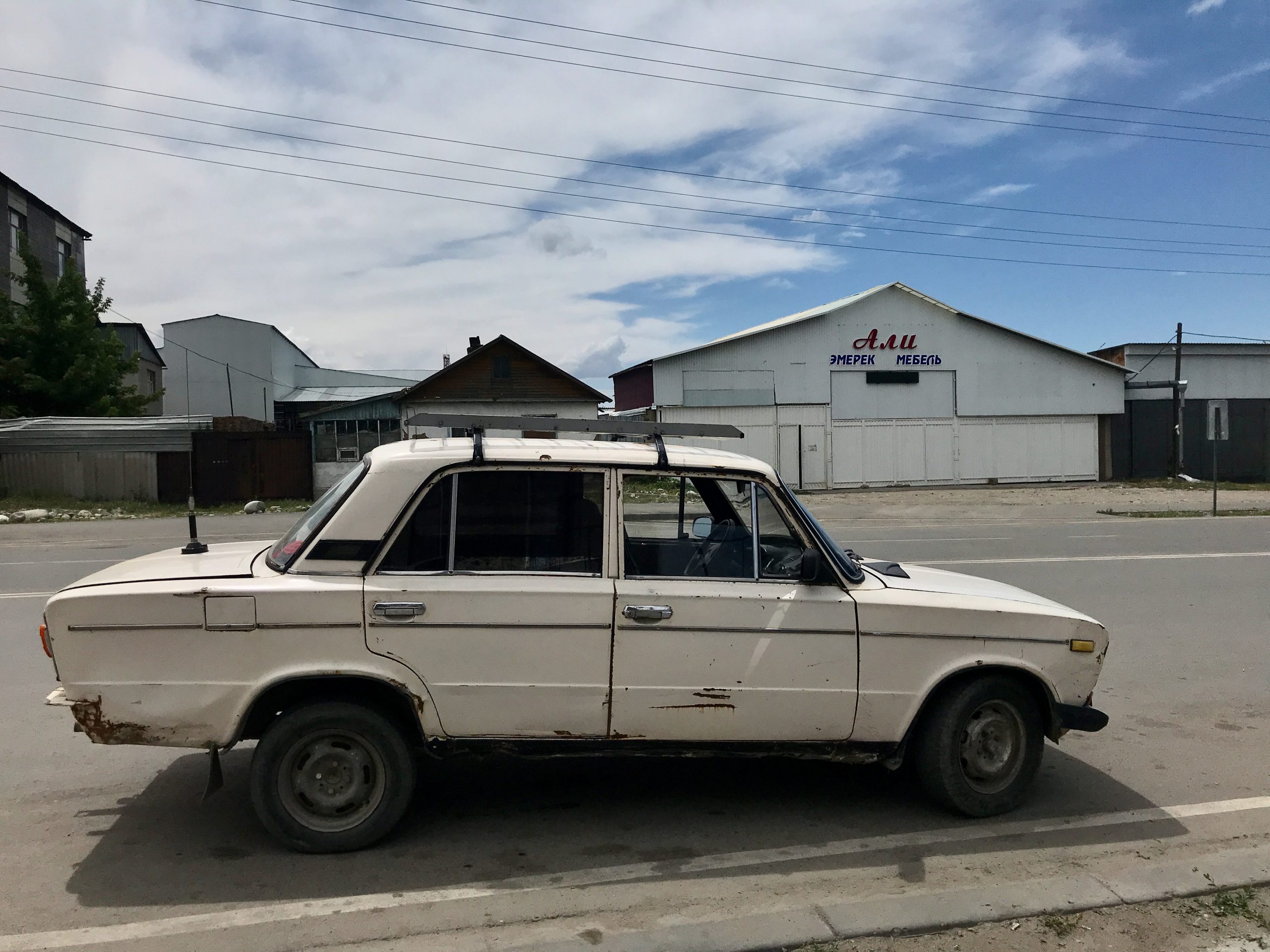 4
4
So back to Karakol. It has very wide roads here, mostly checkerboard. Some are asphalted and many are dust roads. There are a lot of old cars, and sometimes when you’re walking you see one of them break down and they have to work on it to get it running again, and there are men repairing cars. And I, who am so not interested in cars and rarely find them attractive even in photos, have produced a little car series here. Sometimes I surprise myself.
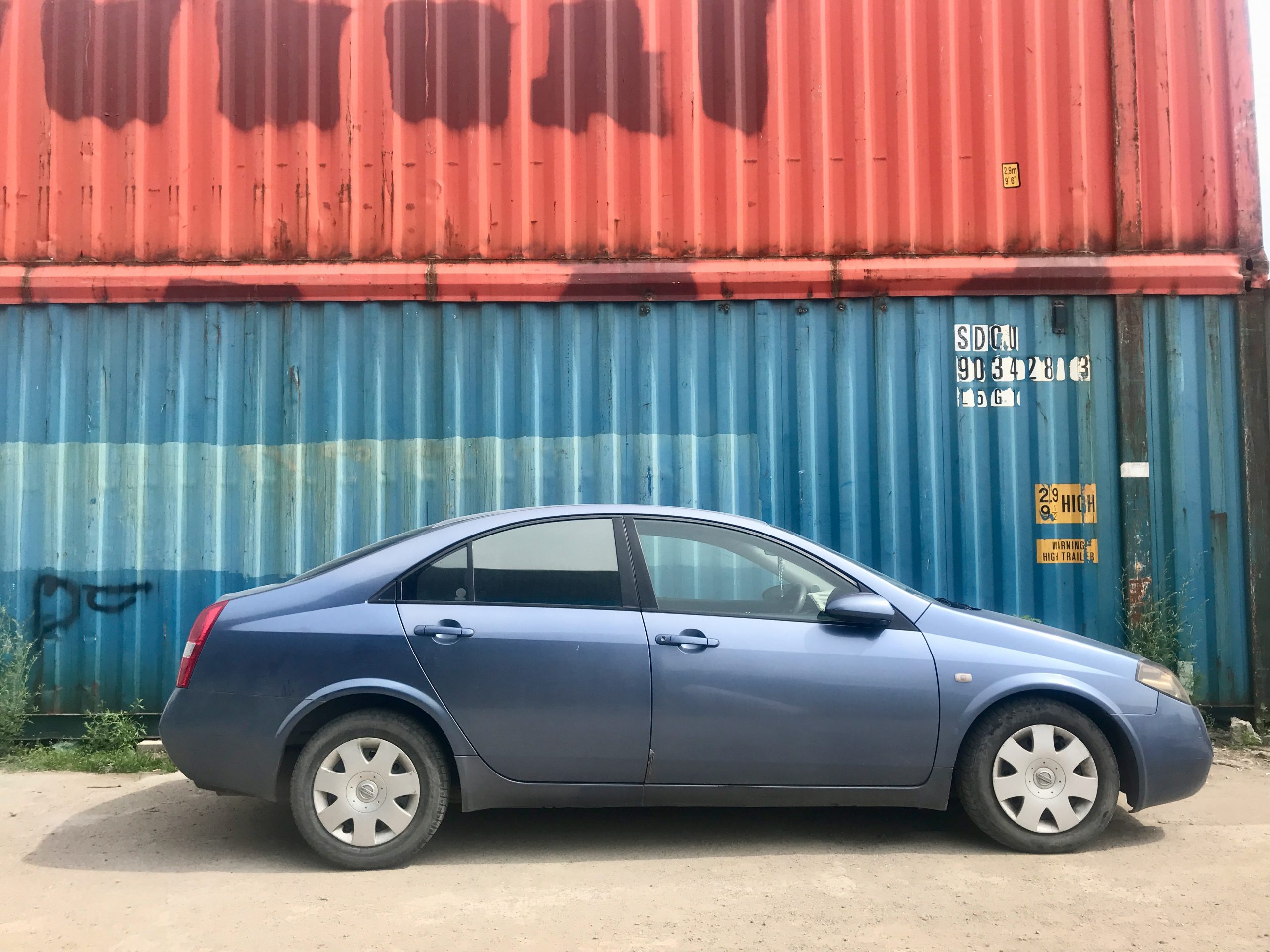 5
5
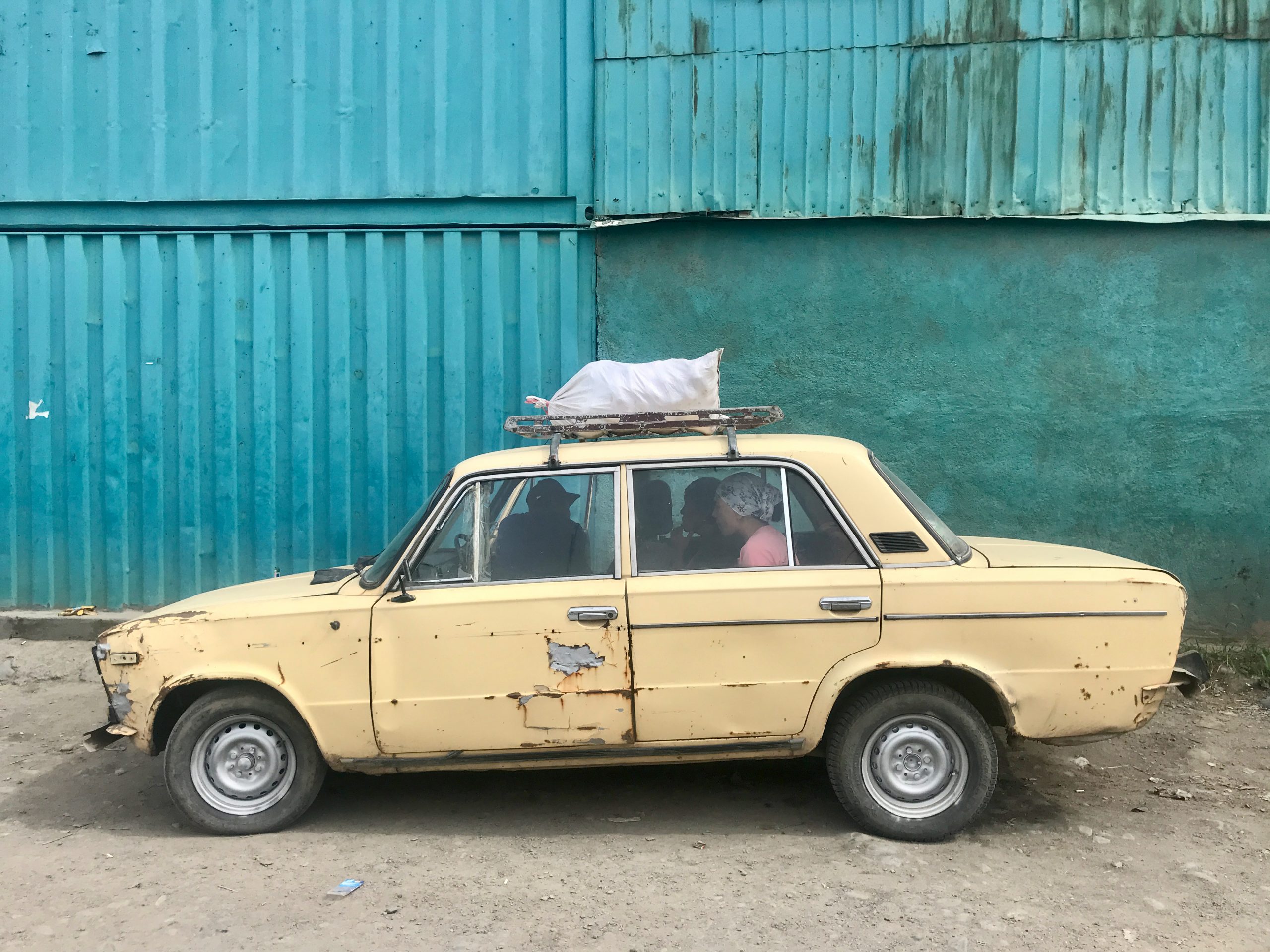 6
6
I also thought of Kyrgyzstan as a series with lots of space and small people in each. Whether it’s the vast landscape or the wide roads, the imposing mountains or the imposing Soviet buildings, “the people” seem small to me. And so I produced some pictures of them here, too:
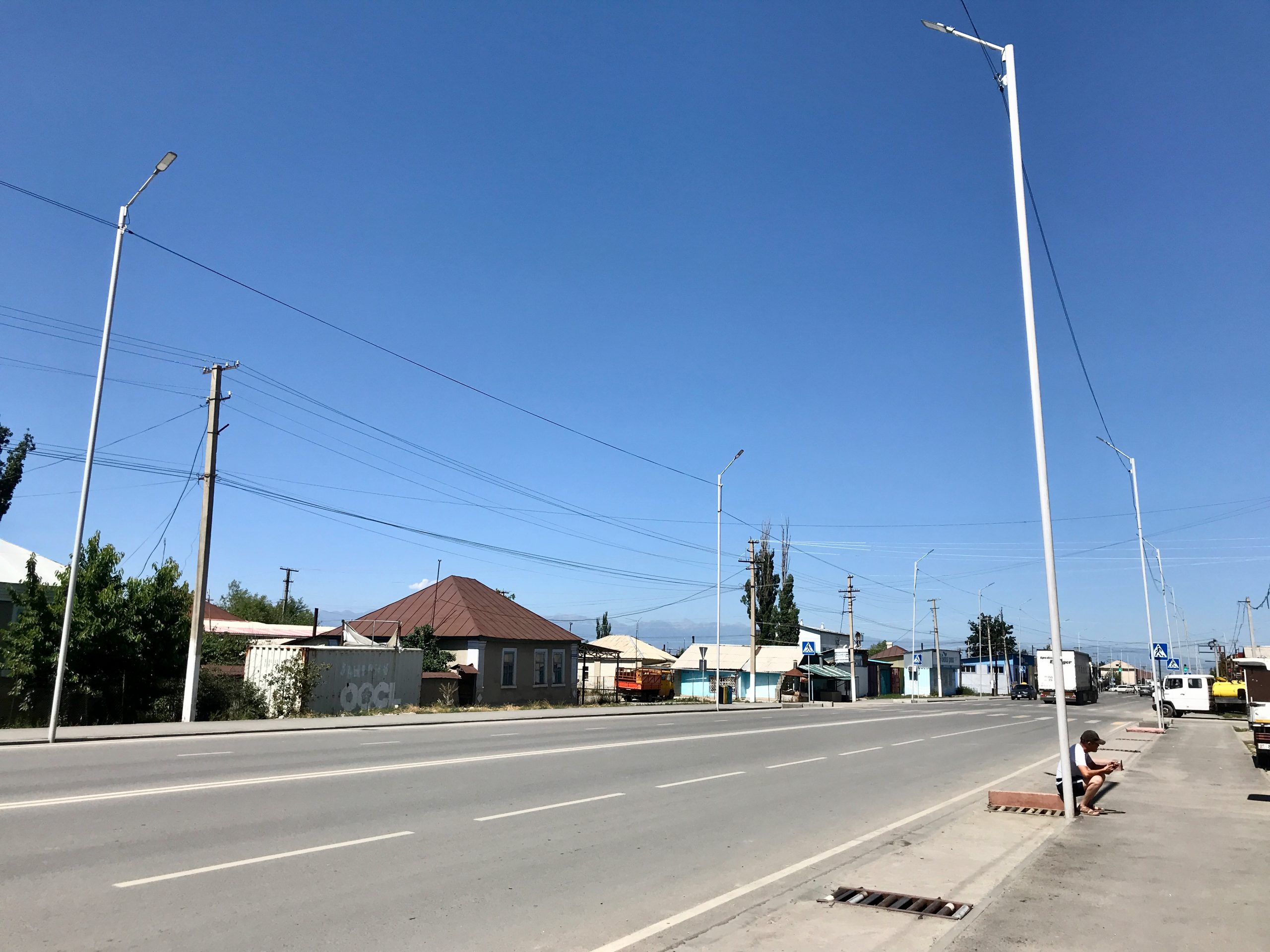 7
7
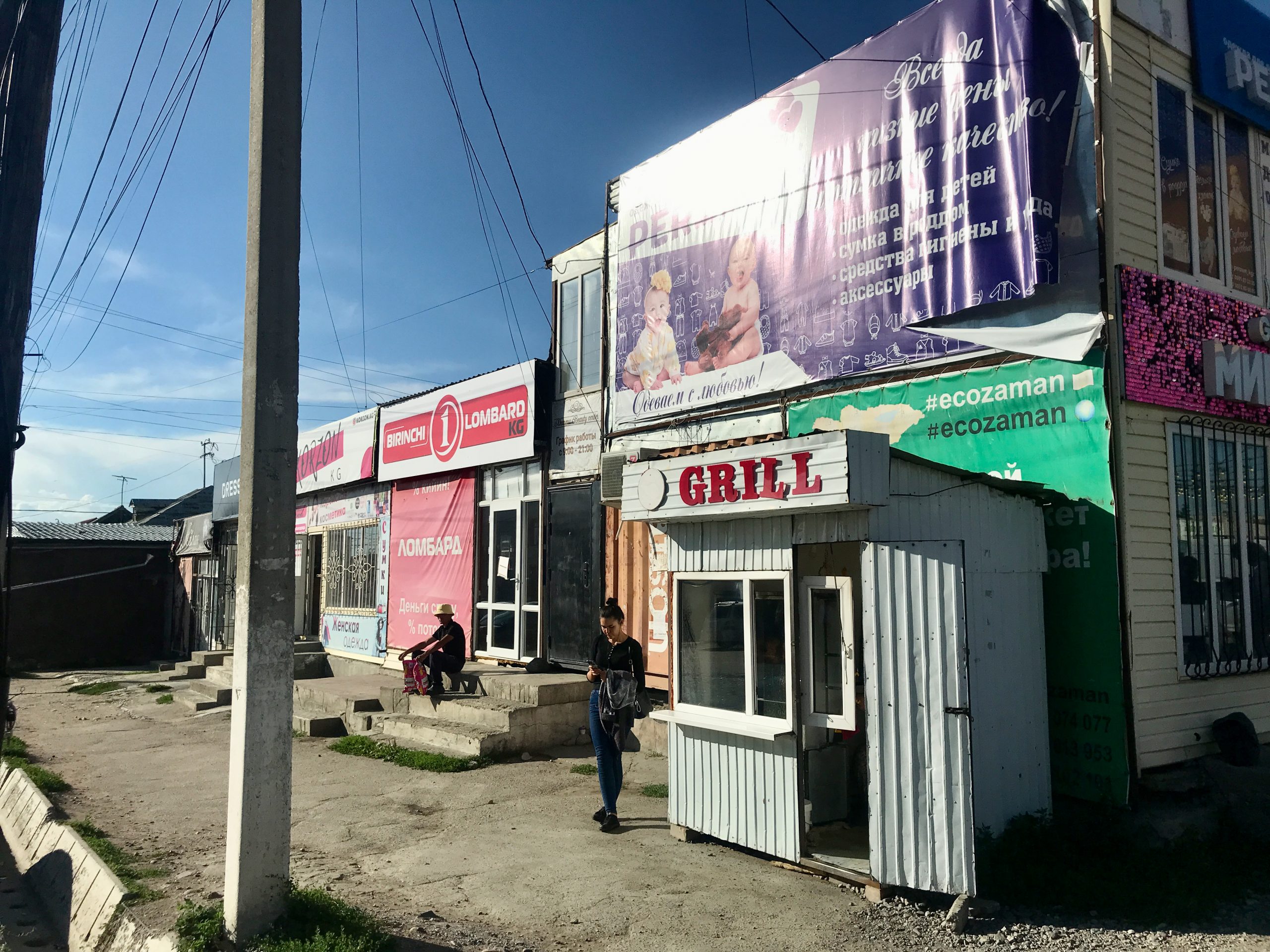 8
8
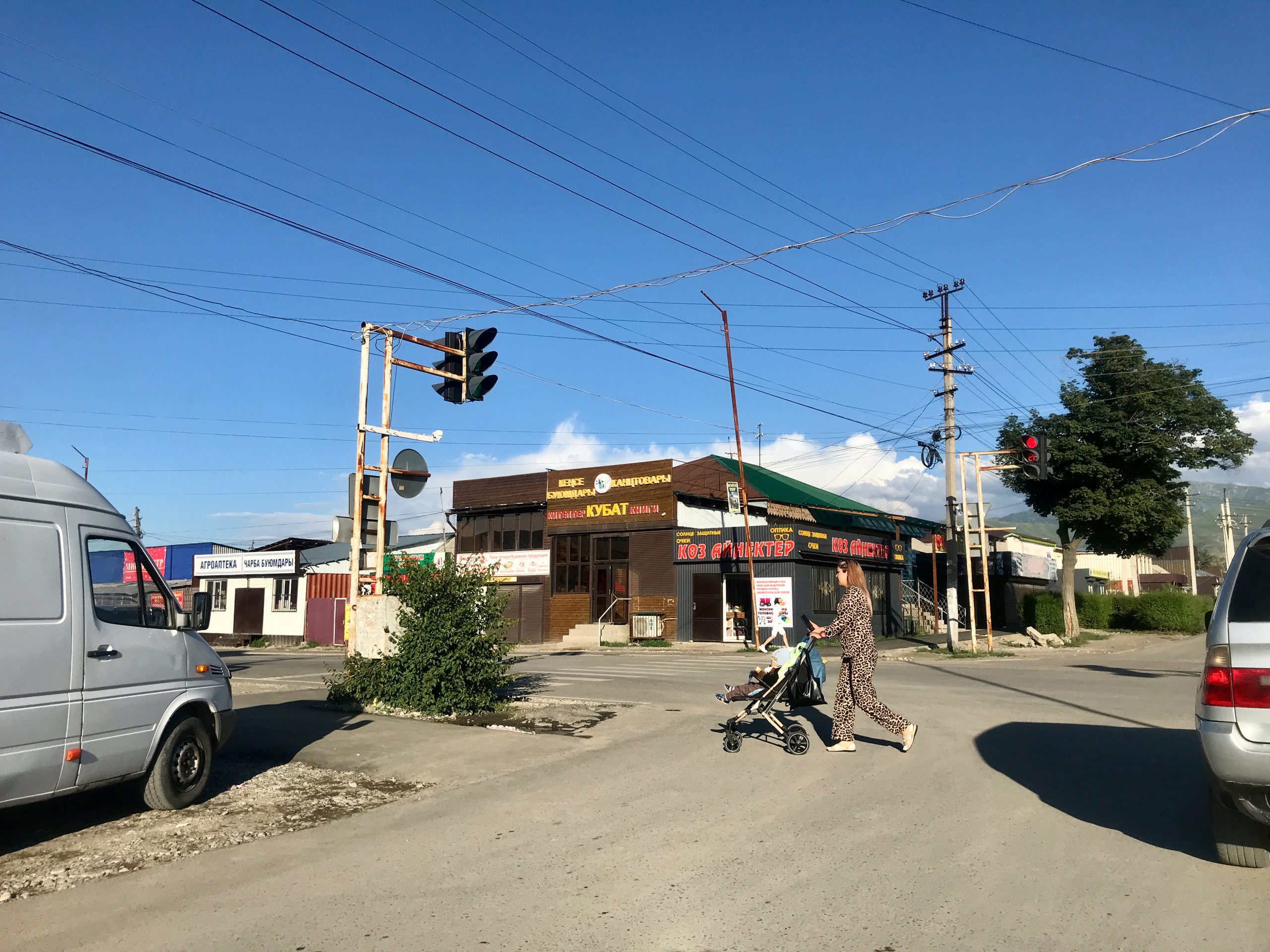 9
9
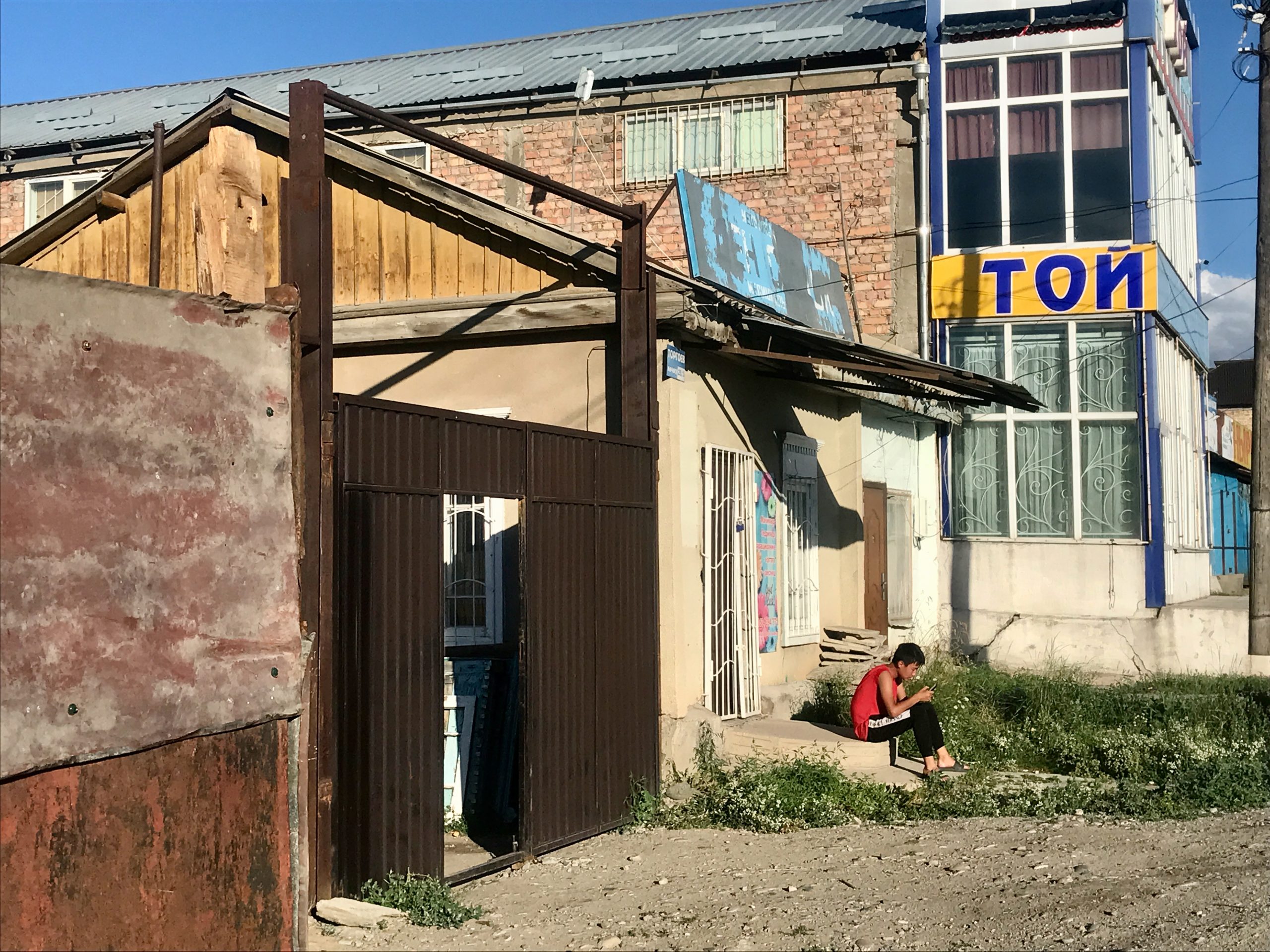 10
10
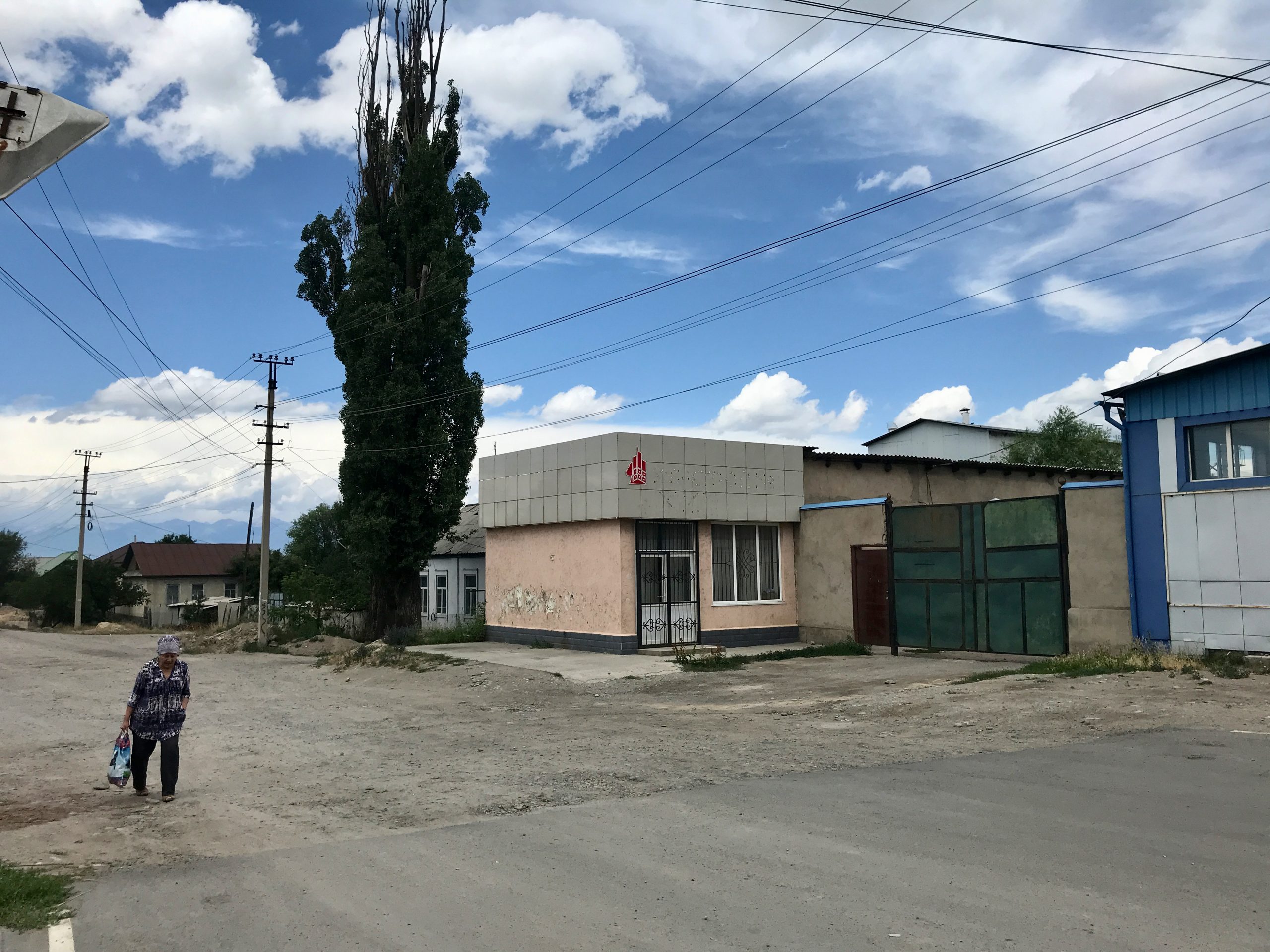 11
11
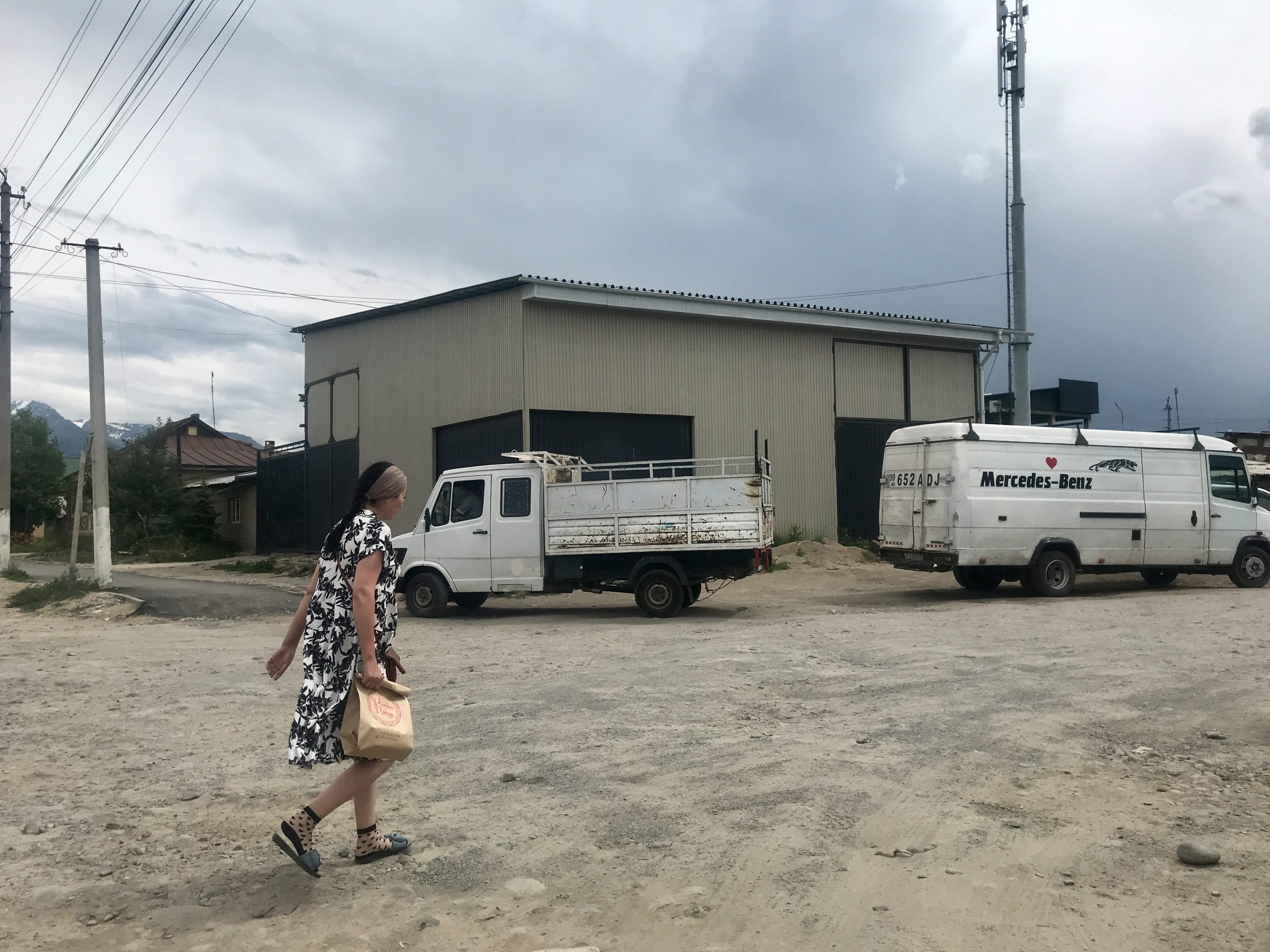 12
12
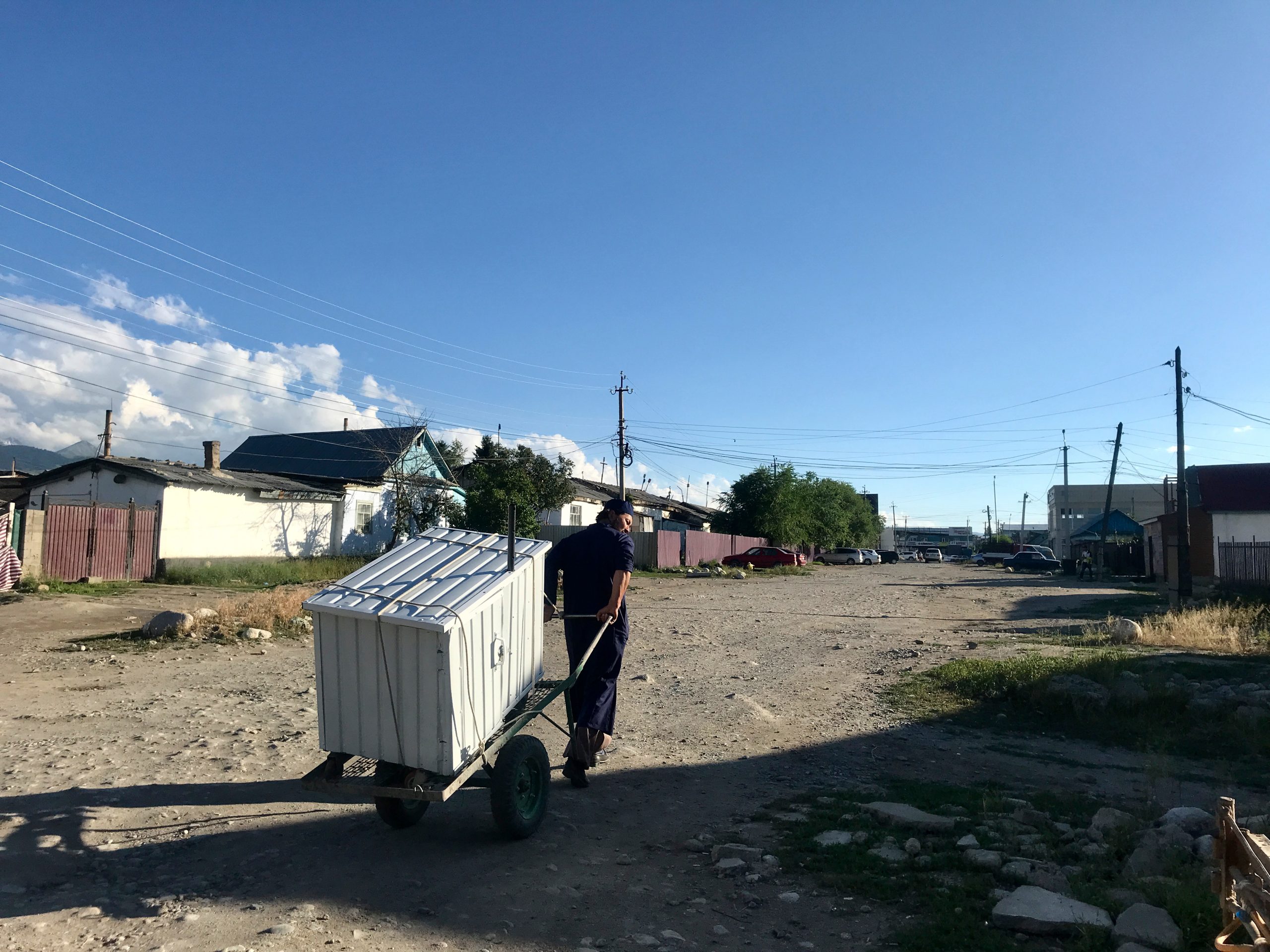 13
13
I first stayed in a guesthouse run by a Kyrgyz-Dutch couple, but I didn’t get to know the Dutch part. Interestingly, the Kyrgyz woman spoke much better German, which she had learned at school here, and hardly any English. After my return from Altyn Arashan they only had a room for 1 night and I moved to a Kazakh family in a very big house or rather there are several buildings and a garden with vegetables and chickens. They have just had a visit from relatives from Bishkek and a big amount of beds, three to five in rooms. It’s very cheap, the reviews on booking.com are very good, the family very nice, but I’m here all alone as a guest. Strange.
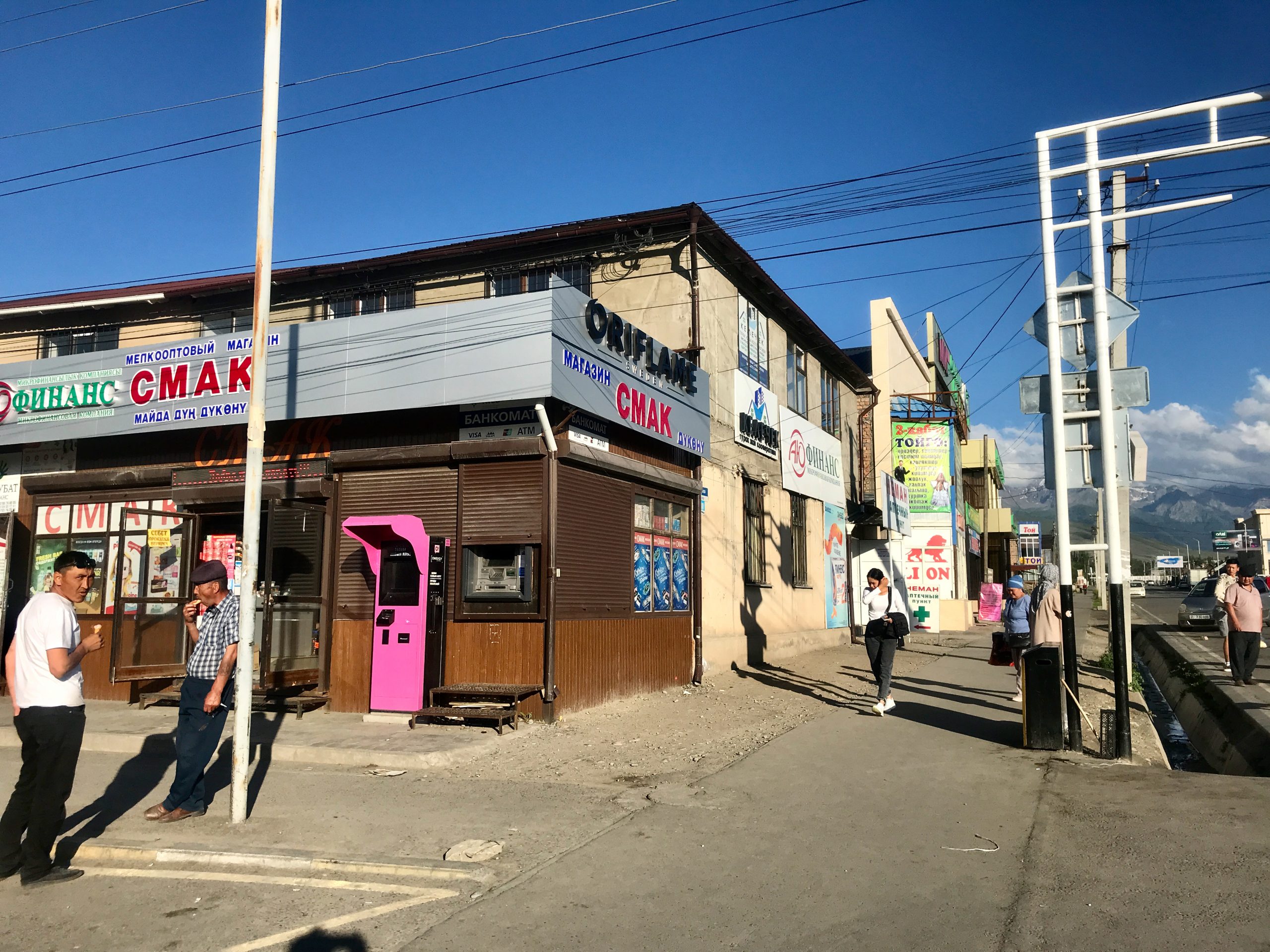 14
14
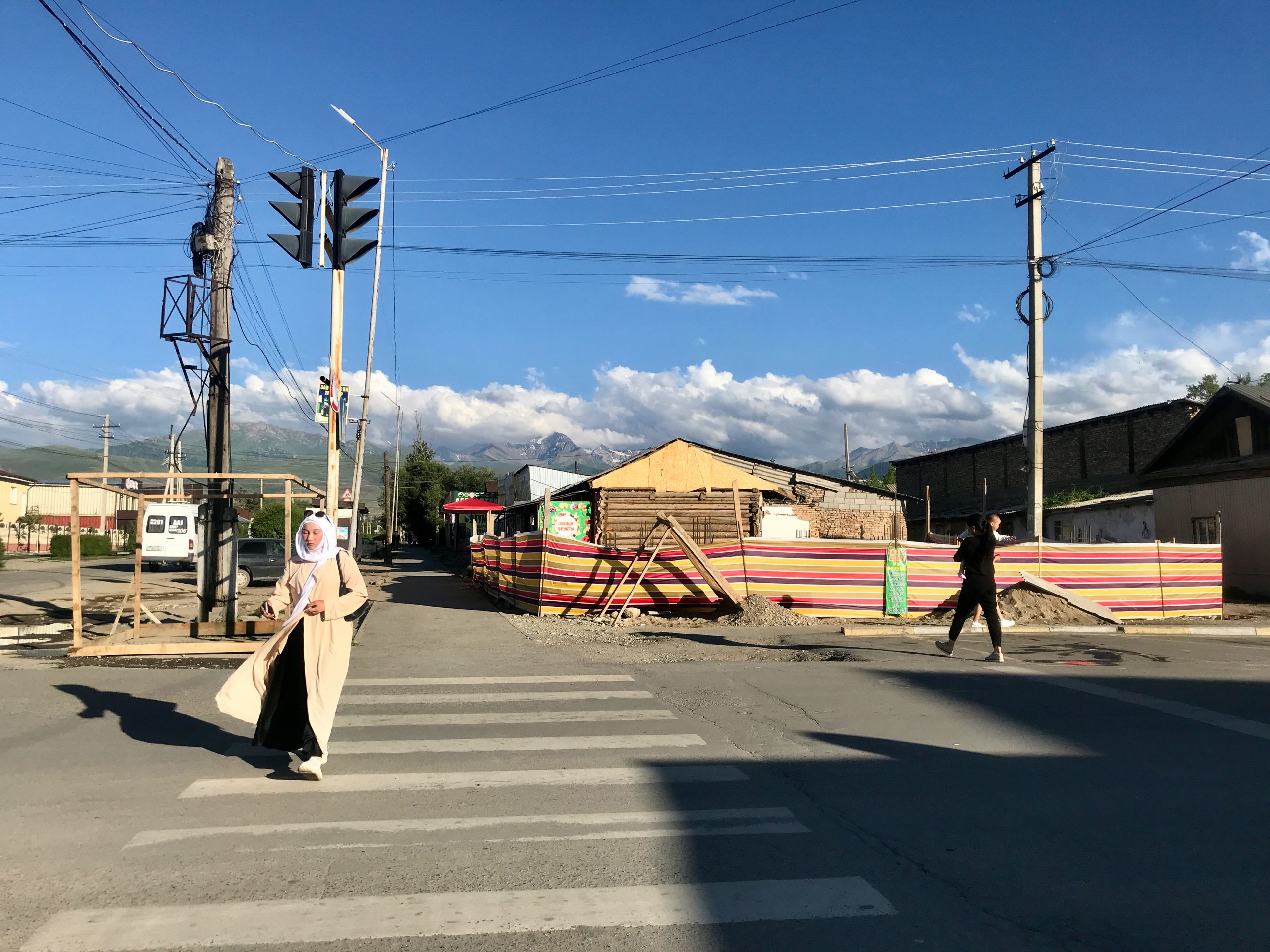 15
15
I also had another date here, whom I met yesterday. Alina fled from St. Petersburg with her husband and child and had met Olga, who brought us both together. Alina told me that there are about 500 Russians in Karakol. Right at the beginning of the war or a little later, many people left because they could no longer stand the conditions at home. Post-Soviet countries offered/offer a good starting point for the time being, it’s easy to reach, it’s not too expensive. But not everyone is really happy here, and just as Olga is pushing for somewhere in Europe, Alina also sees this only as a stopover. She works independently online, mainly (still) for Russian clients, and is paid in roubles. However, the rouble is losing more and more of its value and she is looking for customers elsewhere. She and her husband play in a band – punk with traditional instruments – she is the bass player. They are not that famous (yet), but they have gigs, e.g. there is a small tour in September. The band members are all scattered, some fled, some still in St. Petersburg, one in Moscow. But they manage to get organised.
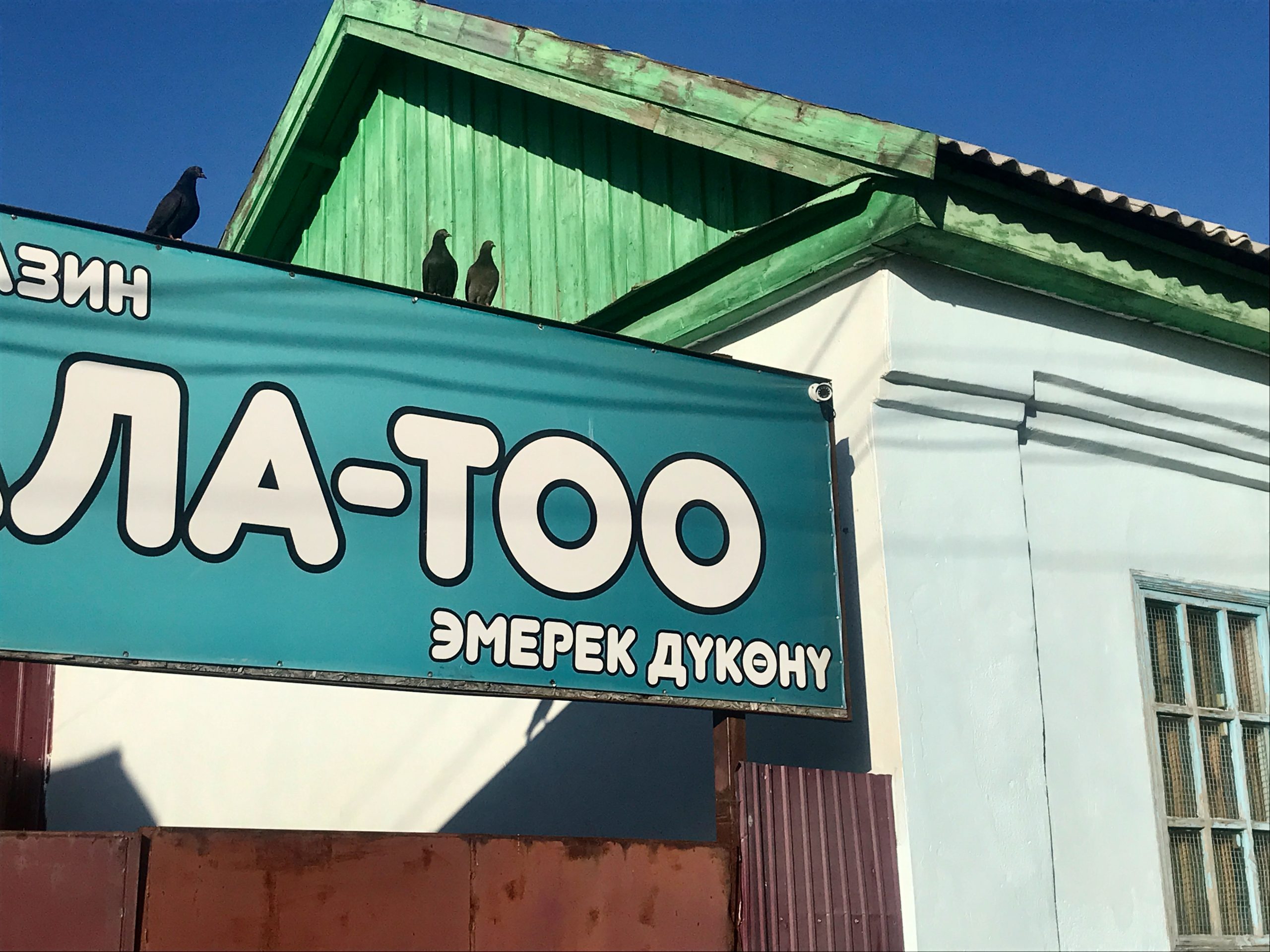 16
16
I find it highly interesting that here (and also with Nikita in Batumi) I still come into contact with such completely different worlds of life that definitely also belong to it. Means to the countries where I am at the moment. Alina hasn’t had any contact with the police or the KGB yet, they are too apolitical or too small a band – but they still tend to be in “anarchist circles” and that’s where caution is called for. She doesn’t think she will return to Russia, but is now looking for a place with her husband where she feels she really wants to settle down. At least for a longer period of time. Her husband still has a company in St. Petersburg, which he can manage well from somewhere else, but sometimes has to go there. Now he is there with his son so that he can see his grandparents again. What a different life and different worries! But what is also positive is that they are networked and stick together. That is, those who have turned their backs on Russia. And that is a good feeling.
Karakol had great light in parts and I also took other deserted pictures or notes:
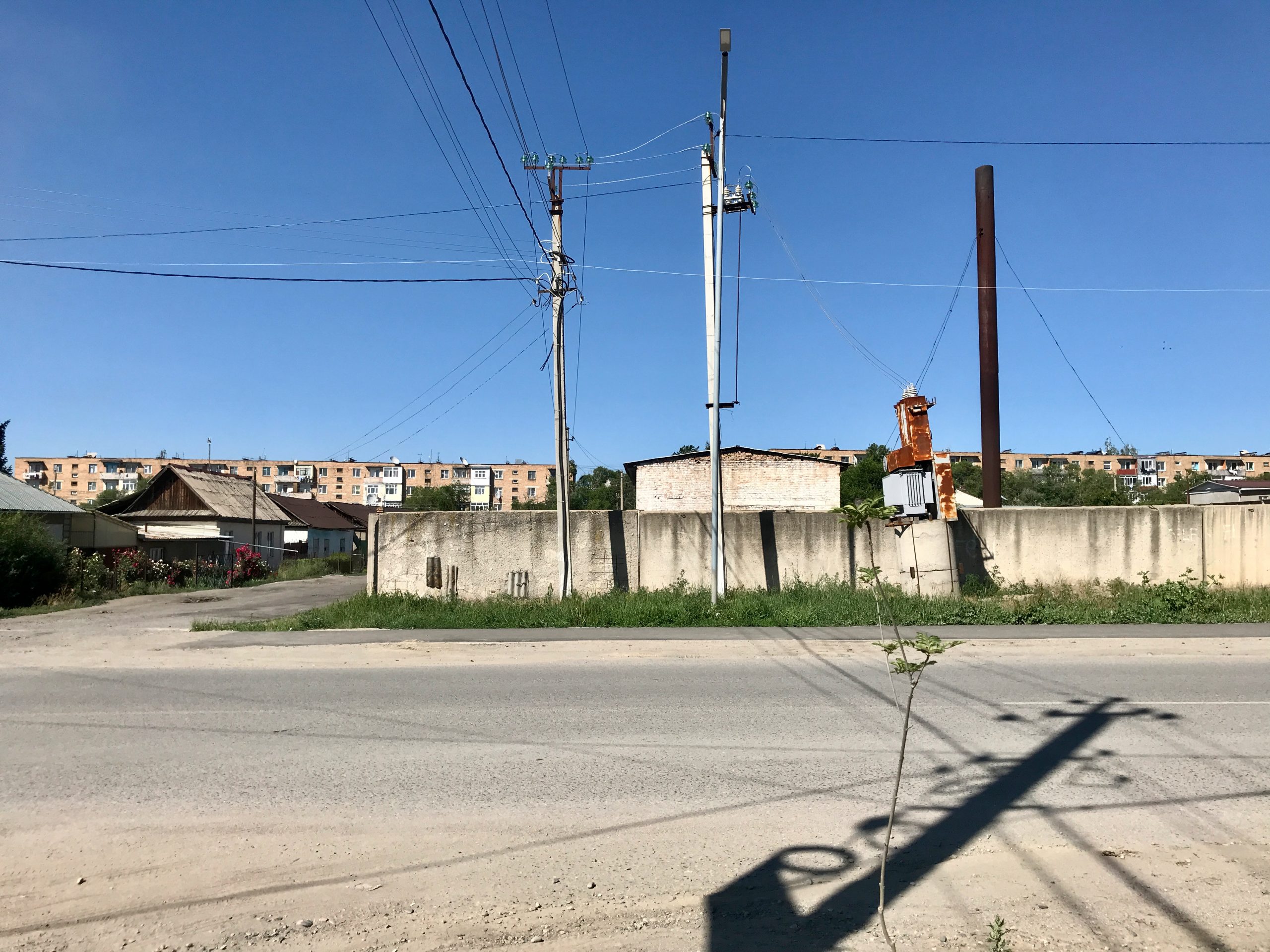 17
17
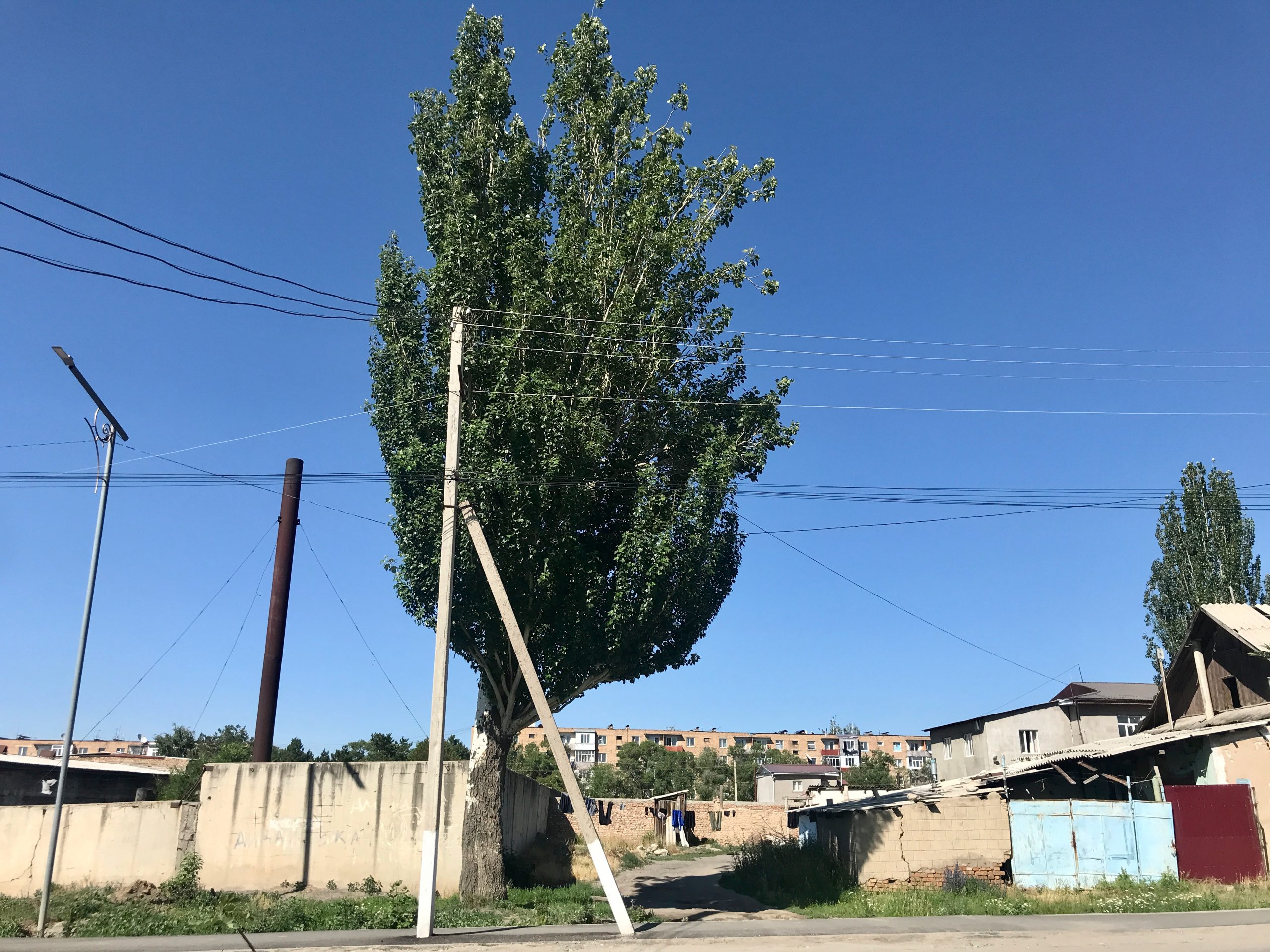 18
18
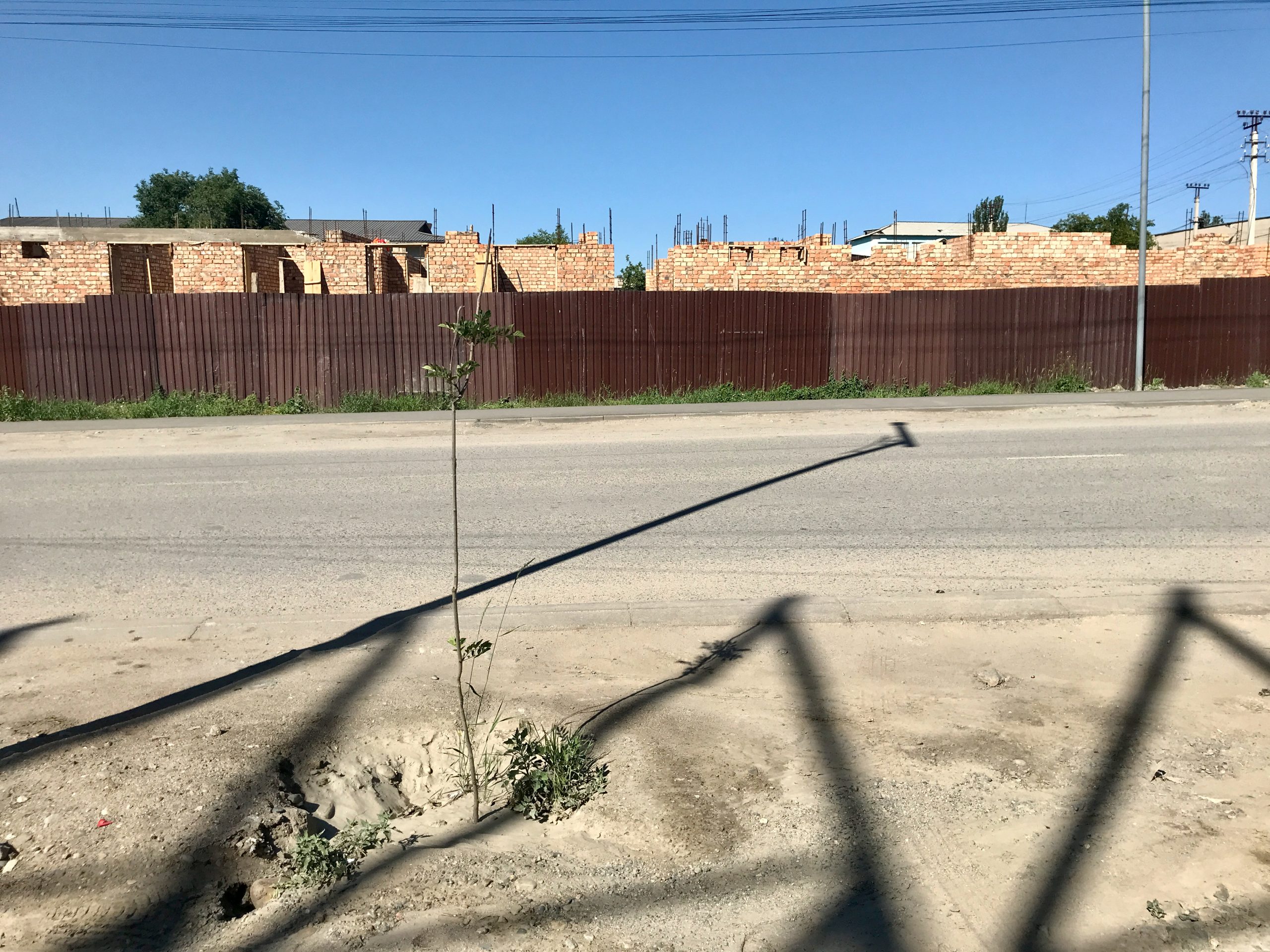 19
19
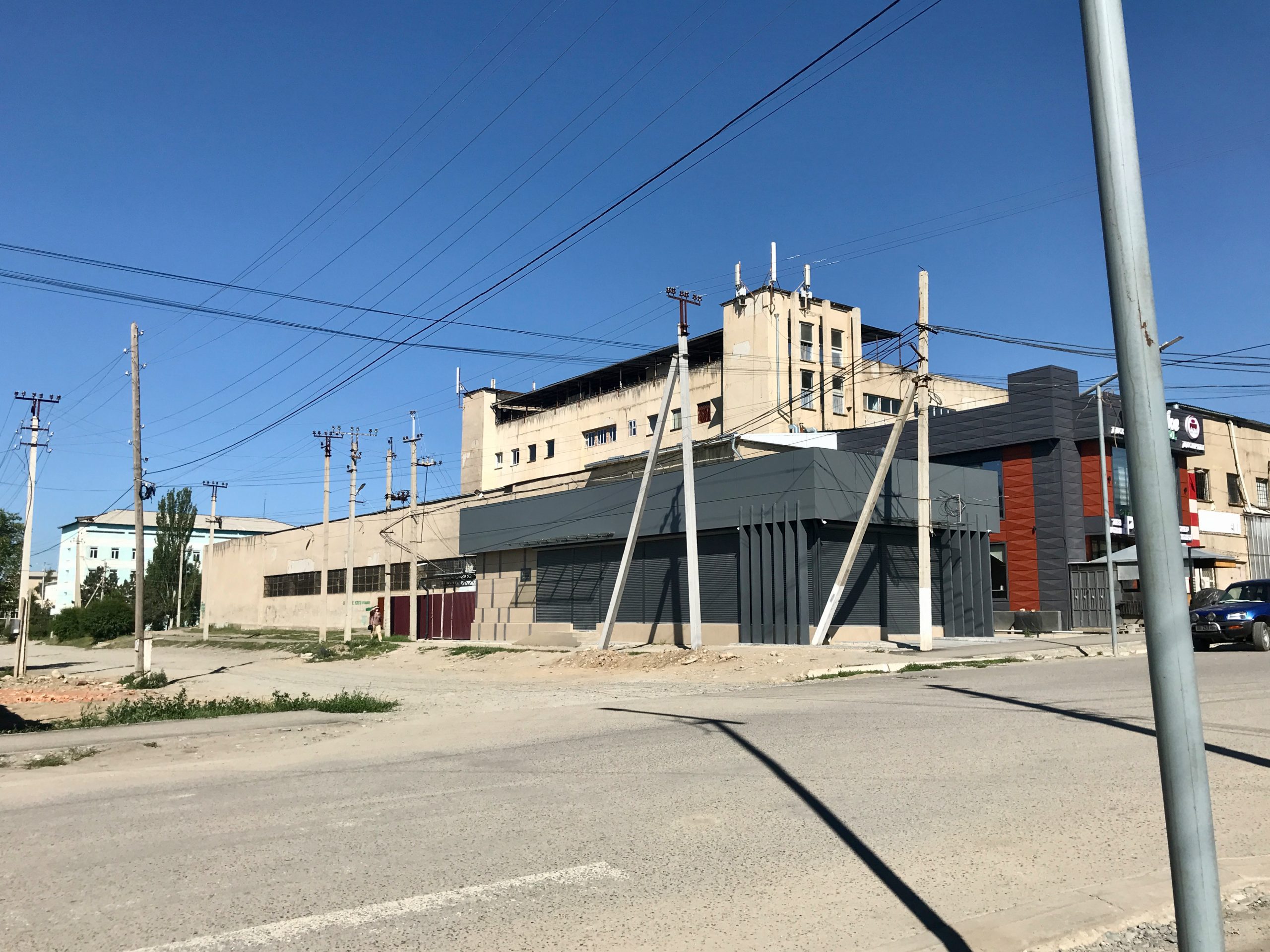 20
20
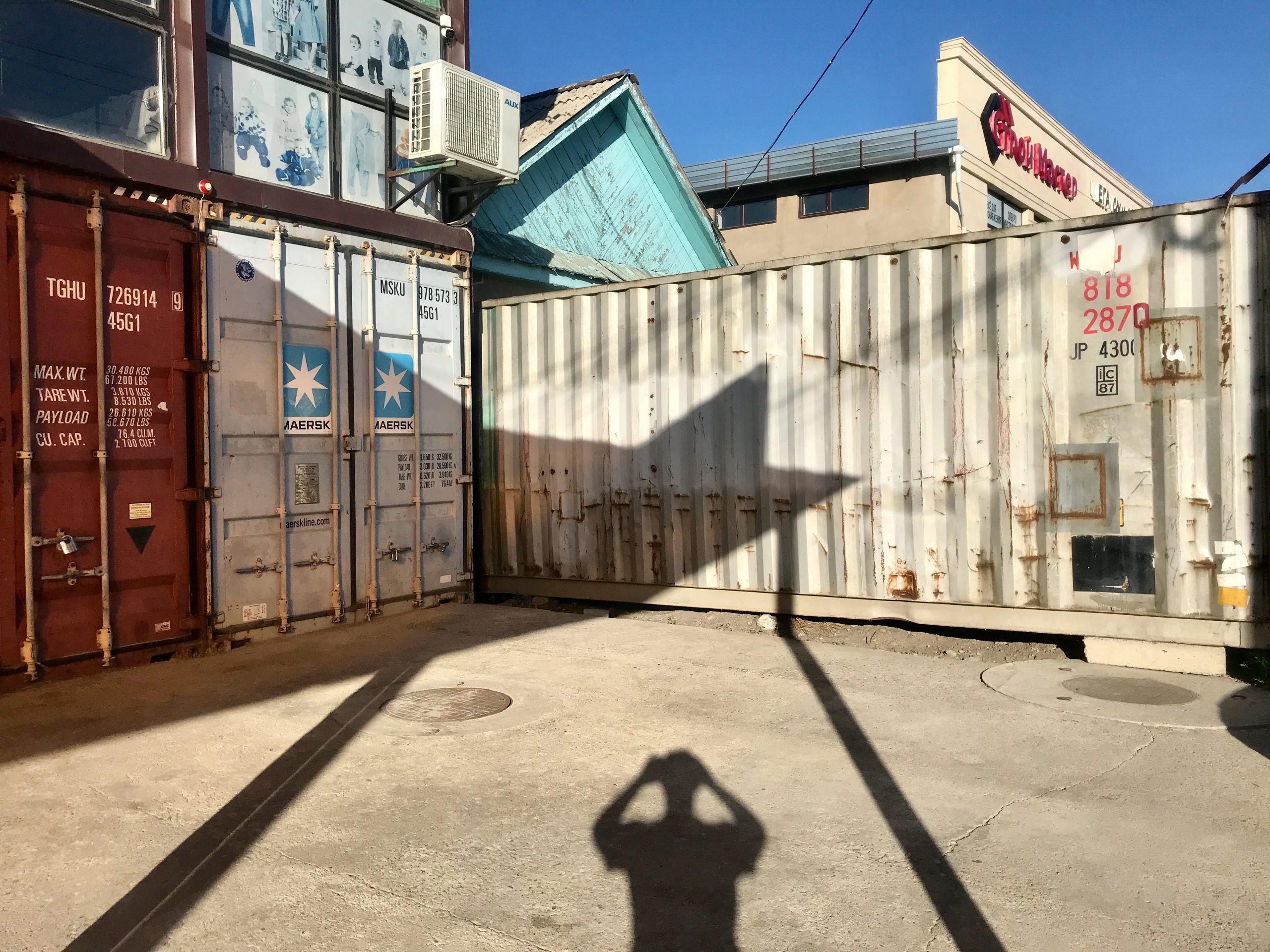 21
21
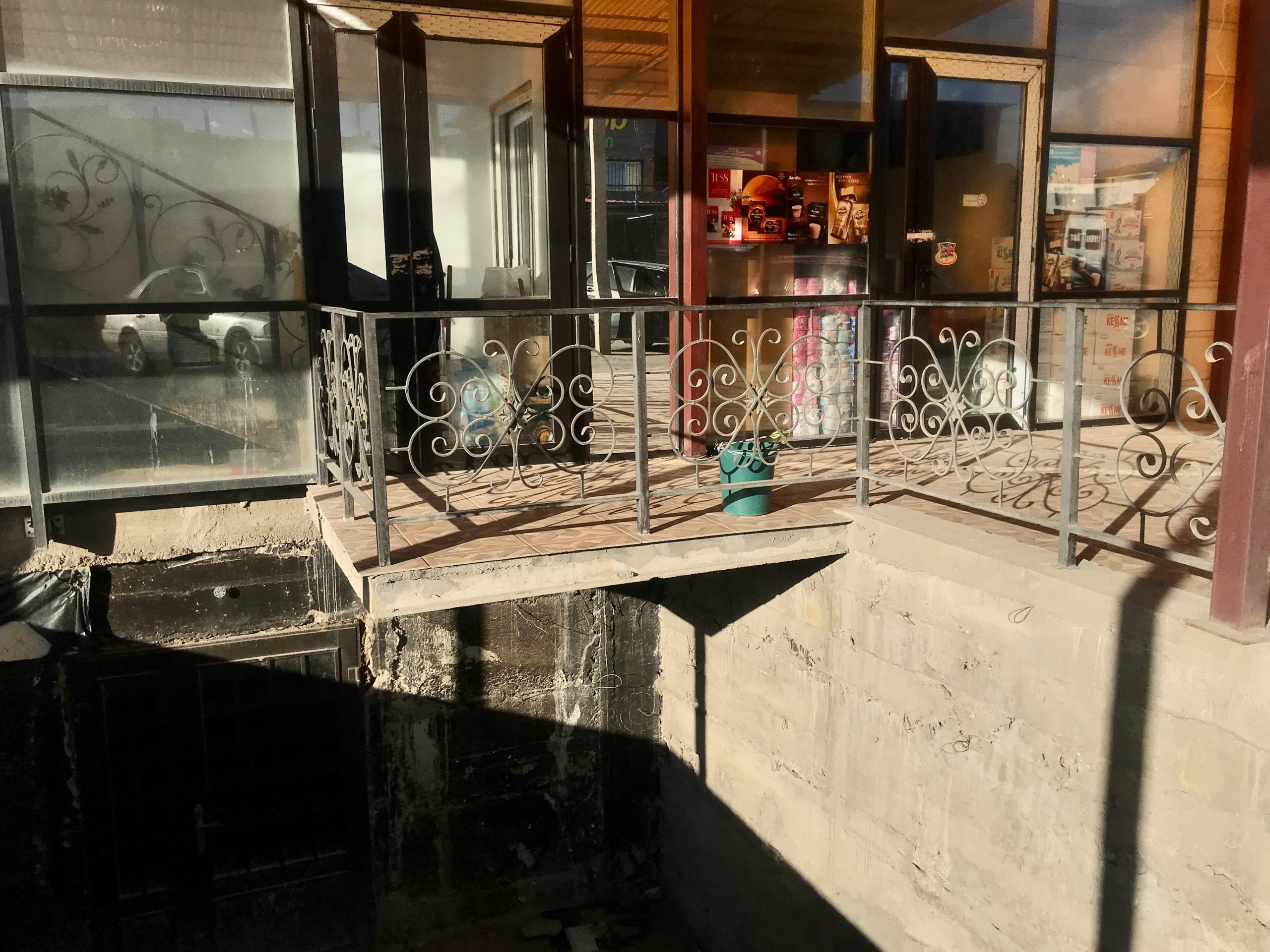 22
22
And 1 afternoon it was more cloudy:
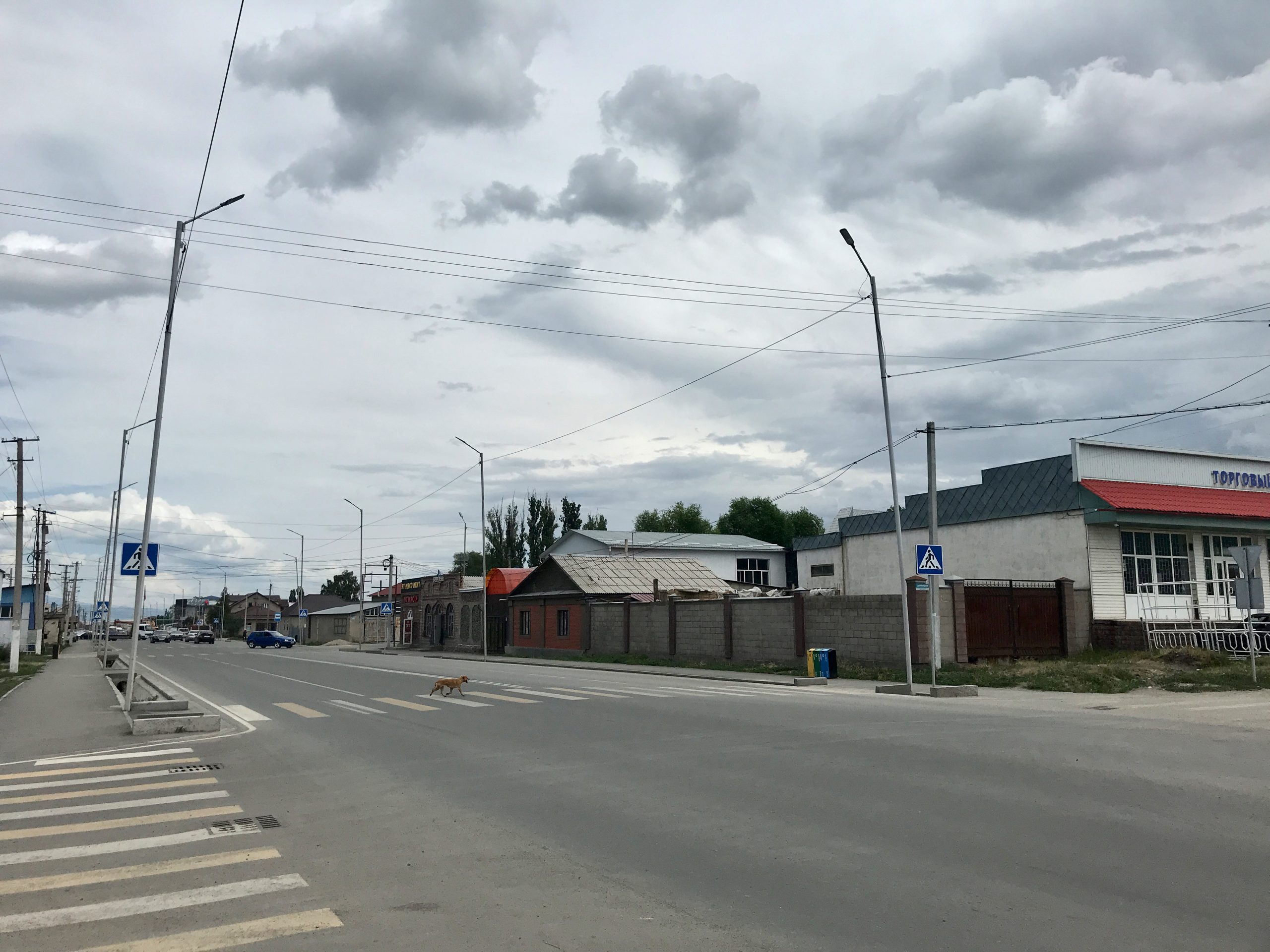 23
23
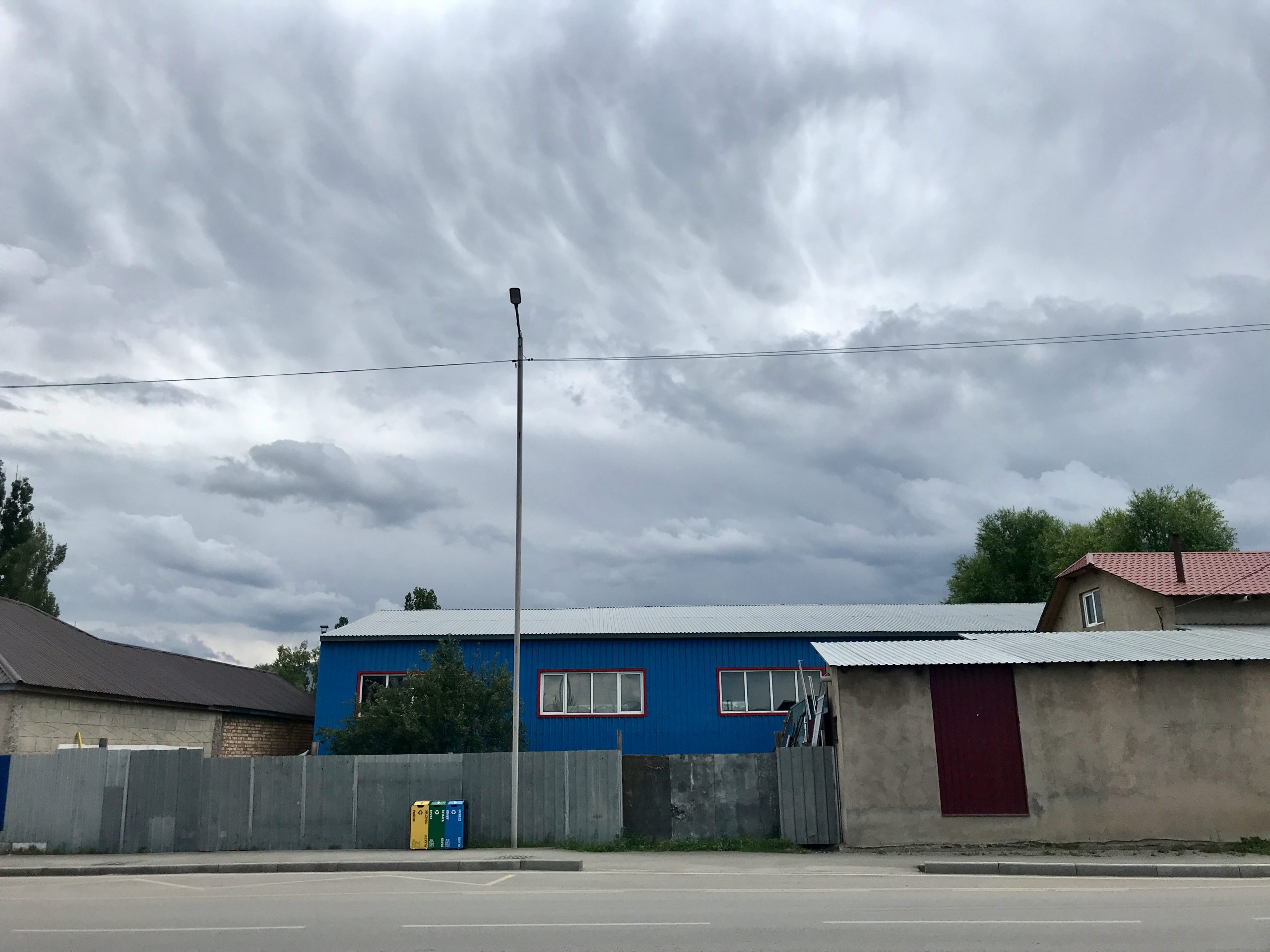 24
24
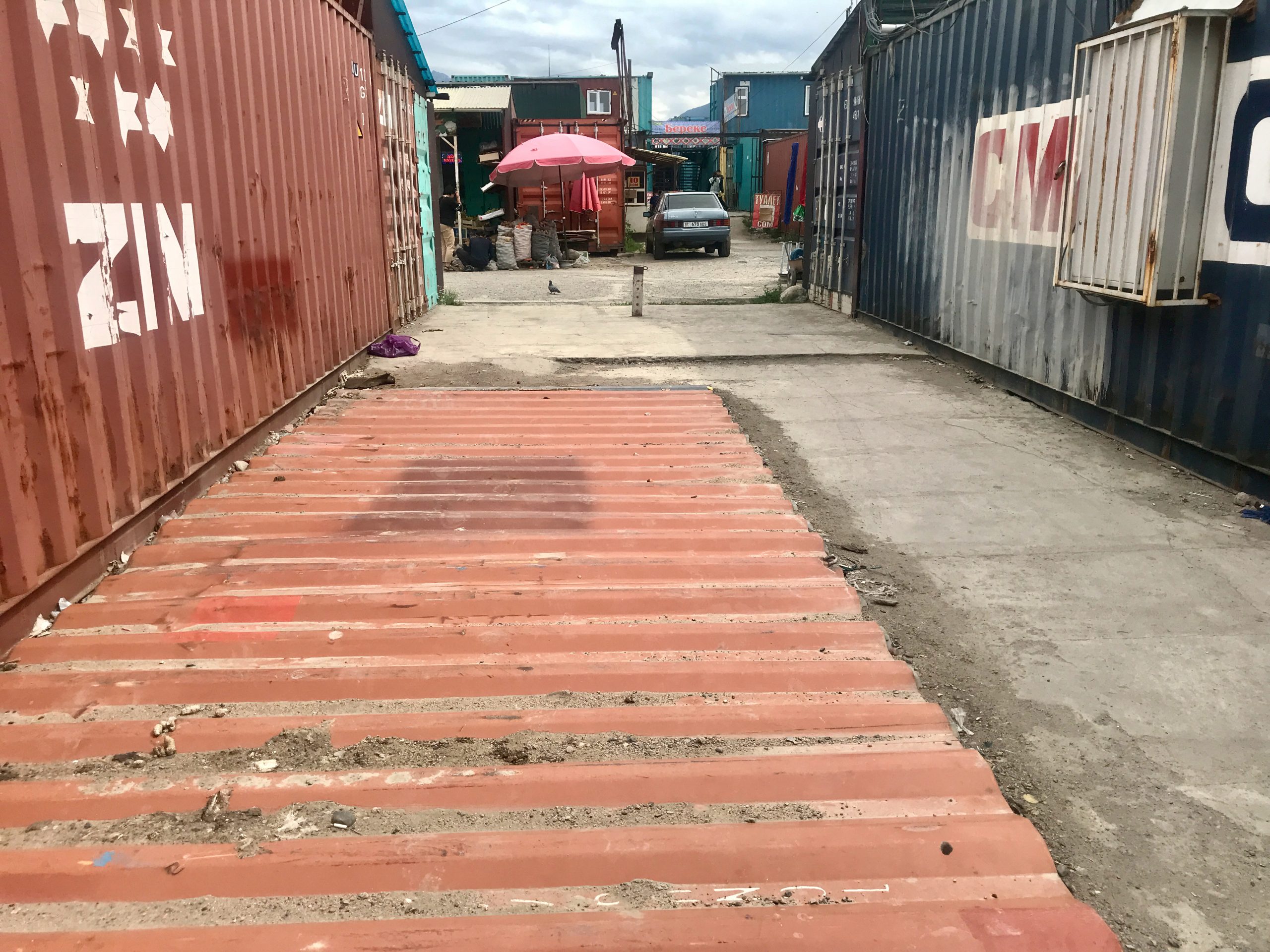 25
25
And then there are all those little oddities you see on walks like that. Who ever had this idea that it’s great to take a photo of a suffering-looking child getting a haircut and make it into a poster and advertise the hair salon with it?
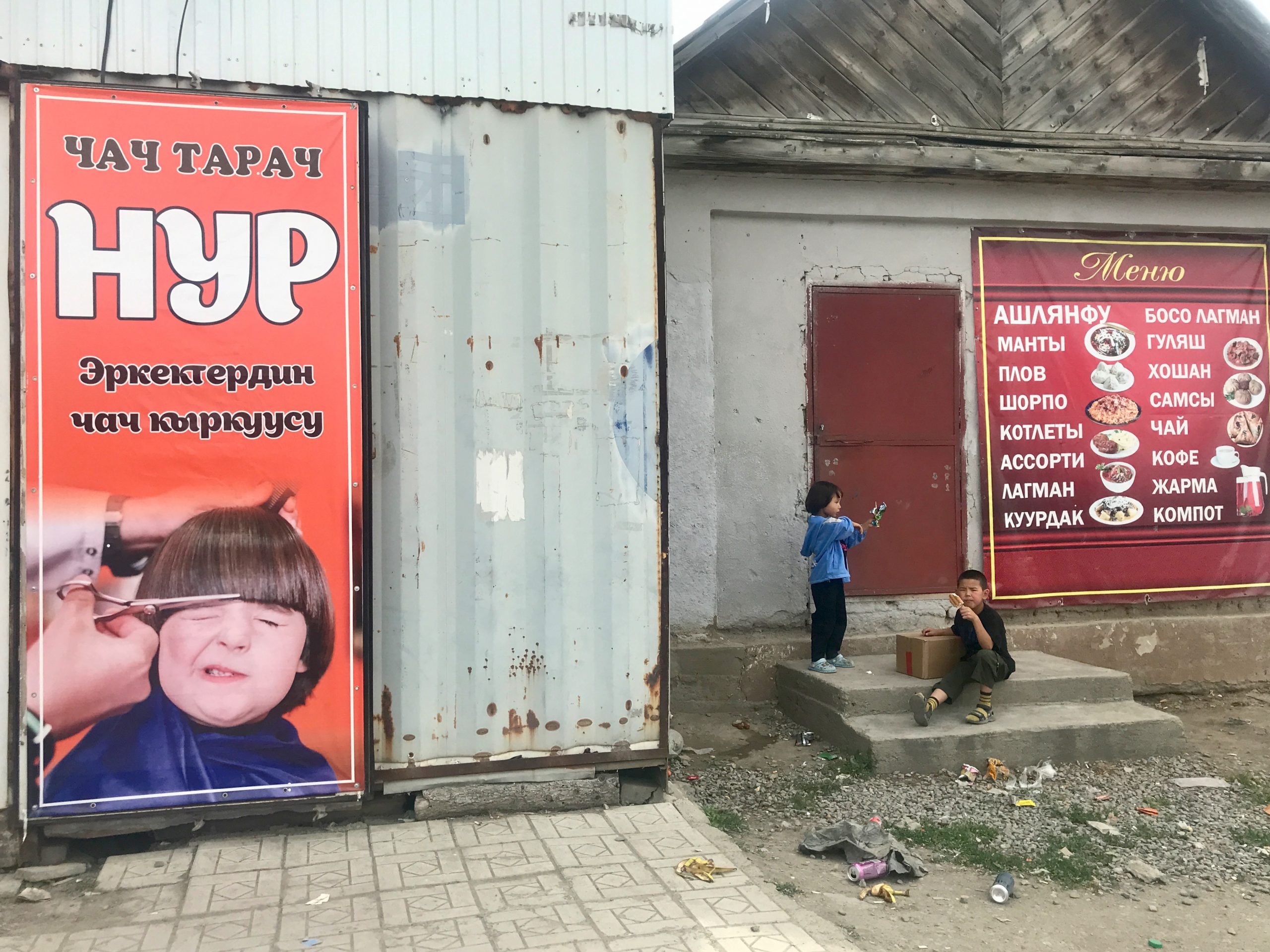 26
26
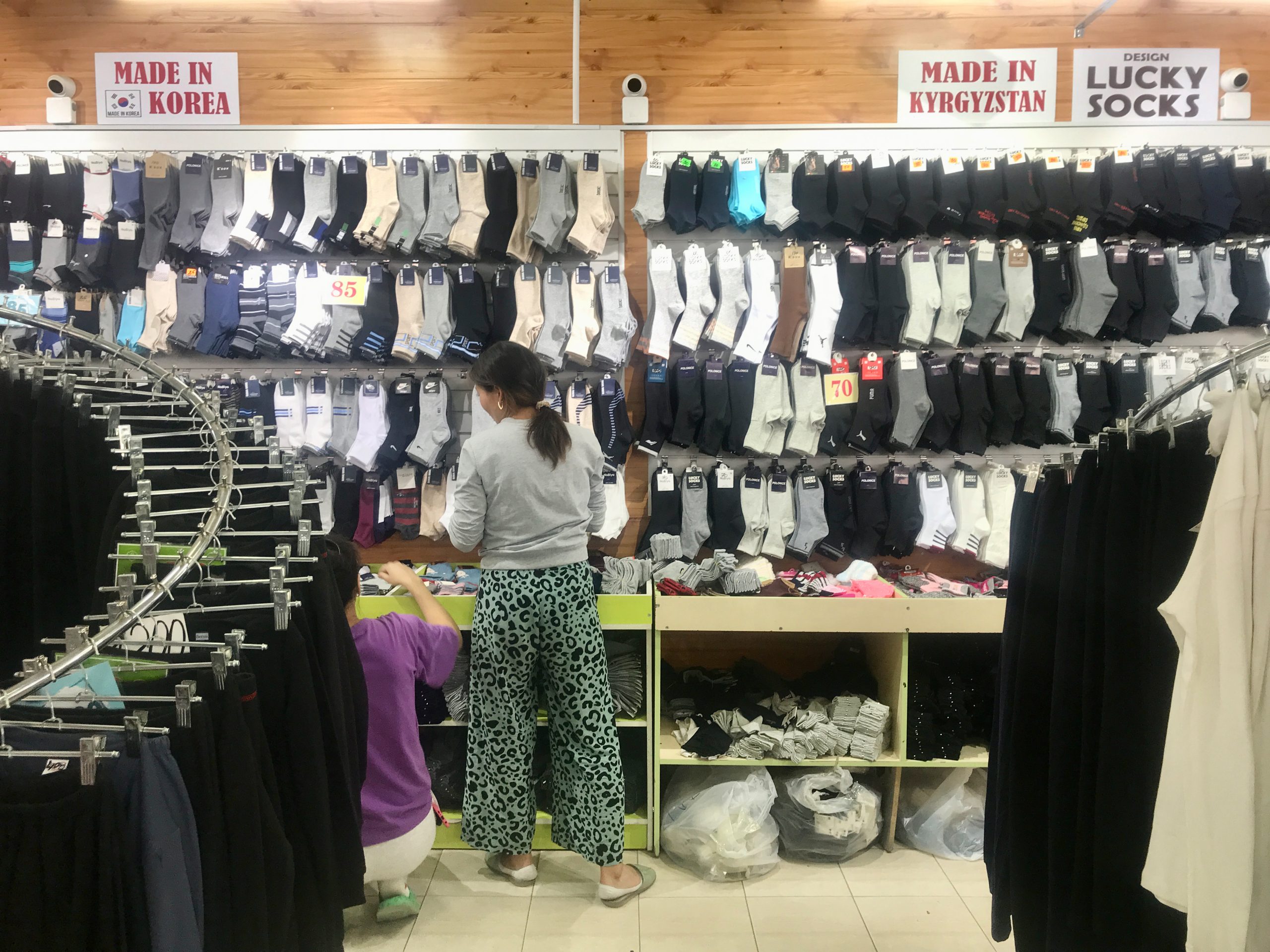 27
27
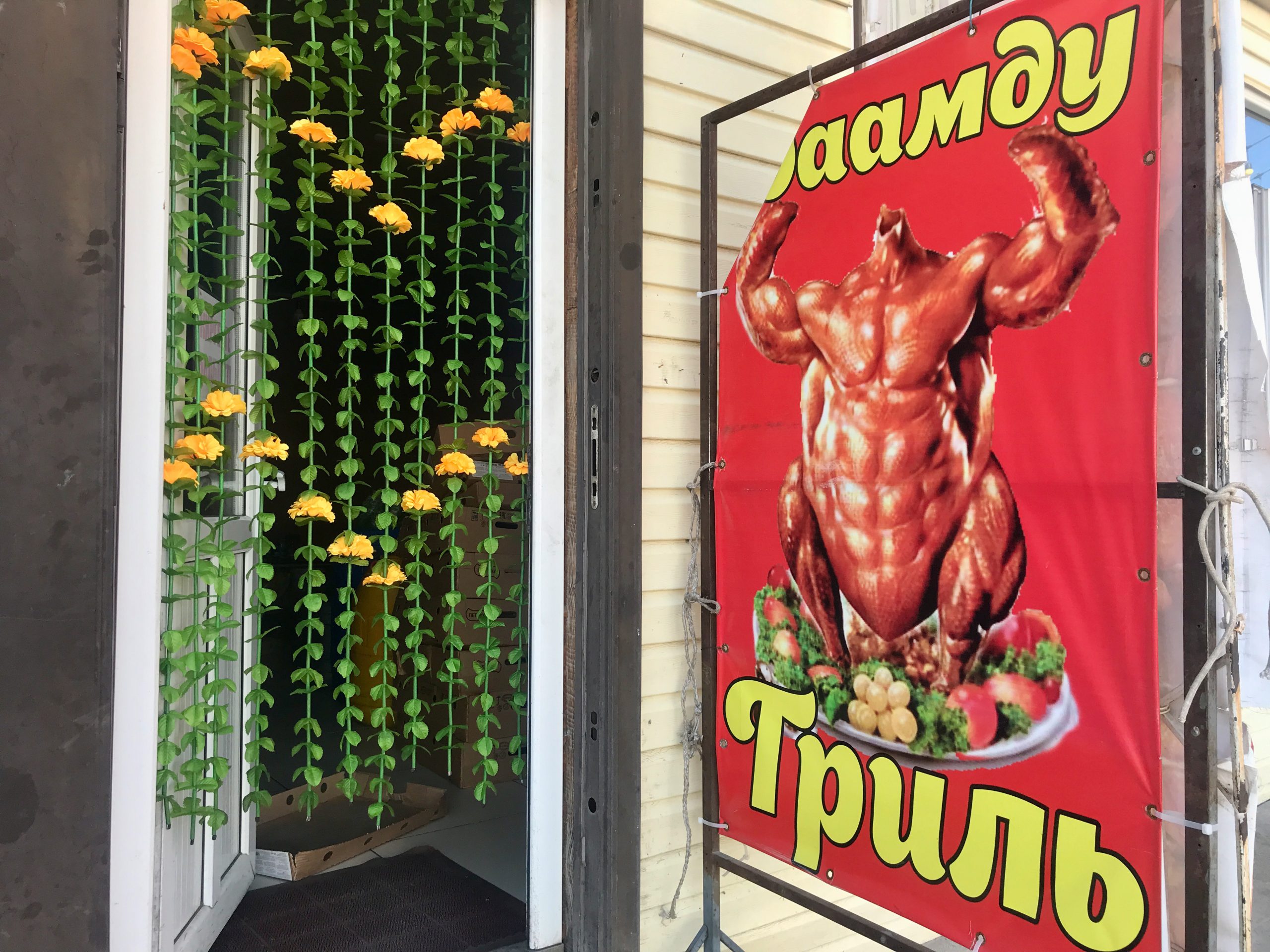 28
28
Oh, there are so many more thoughts and notes. For example, one street was full of big furniture shops/stores. To my eye, there was nothing but ugliness and blandness to buy.
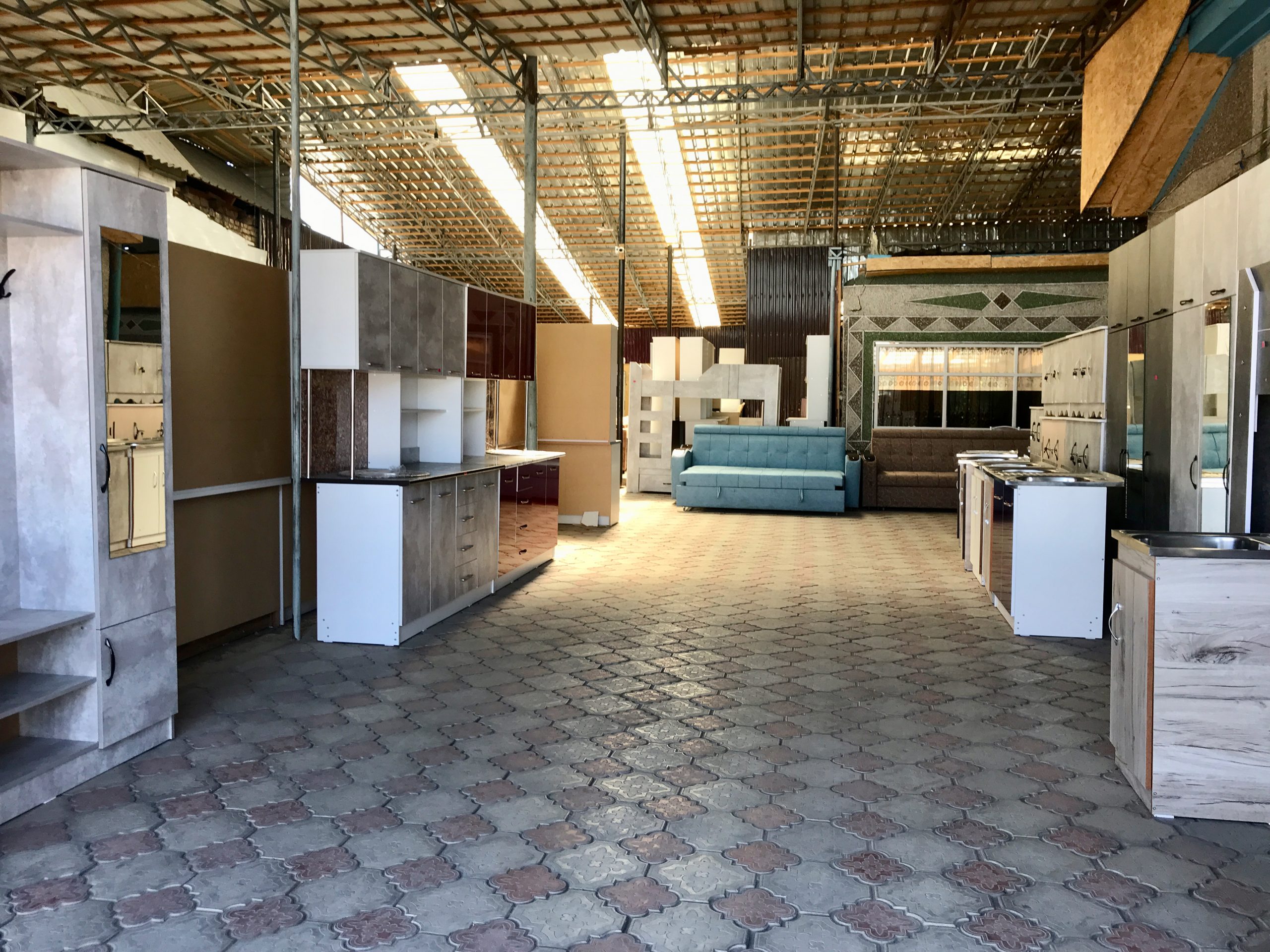 furniture store
furniture store
And so my time in Kyrgyzstan gains facets. Unfortunately, it is difficult to drive directly from Karakol to the west. Maybe I could hitchhike – but I’m not in the mood for that much adventure. So I take the diversion via Bishkek, where I’m going today.
I love cliffhangers now, but I really can’t think of any. Except that surprises are actually waiting for you when you least expect them. I wonder if this will also apply to the content of the next blog post?
